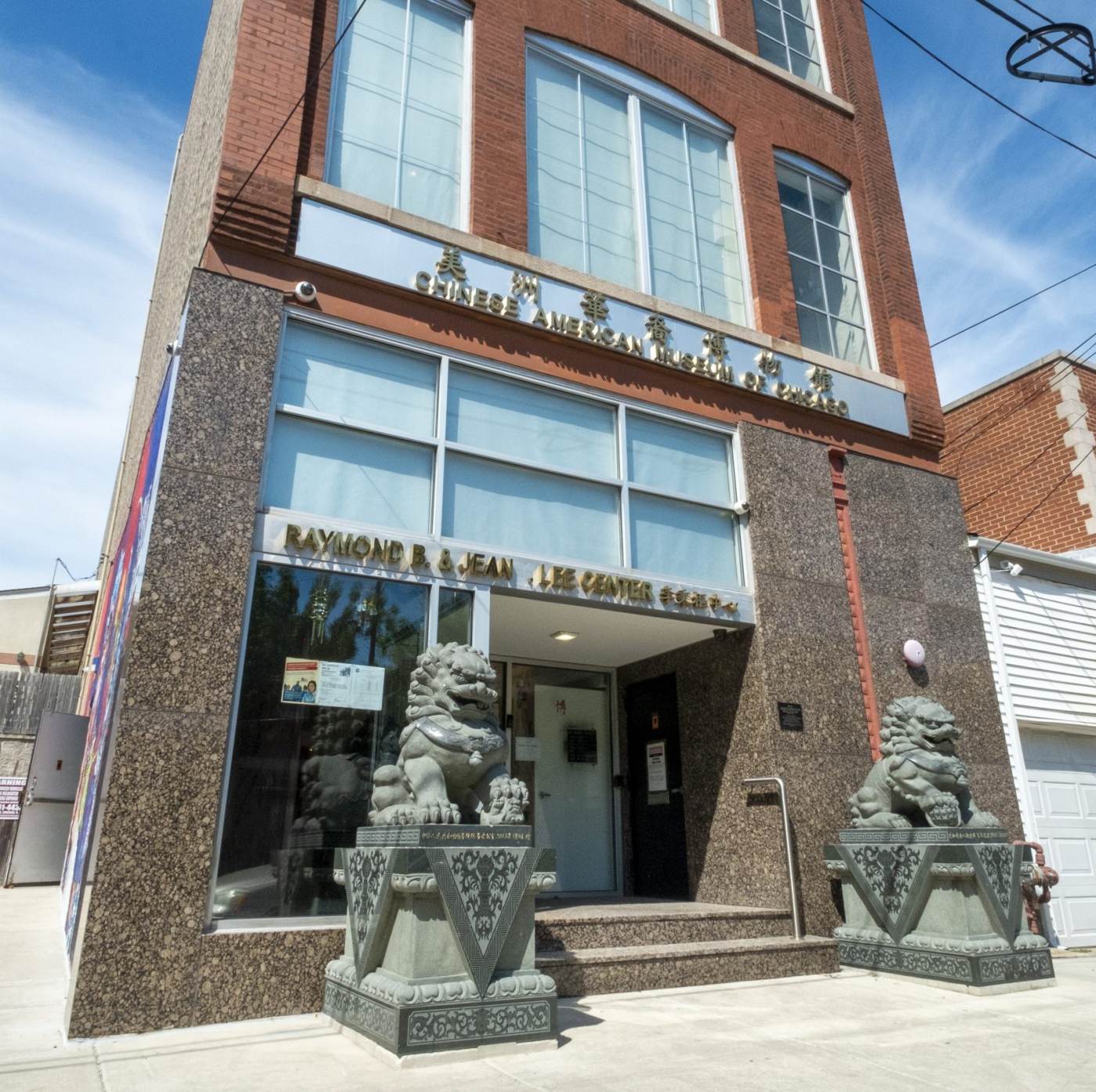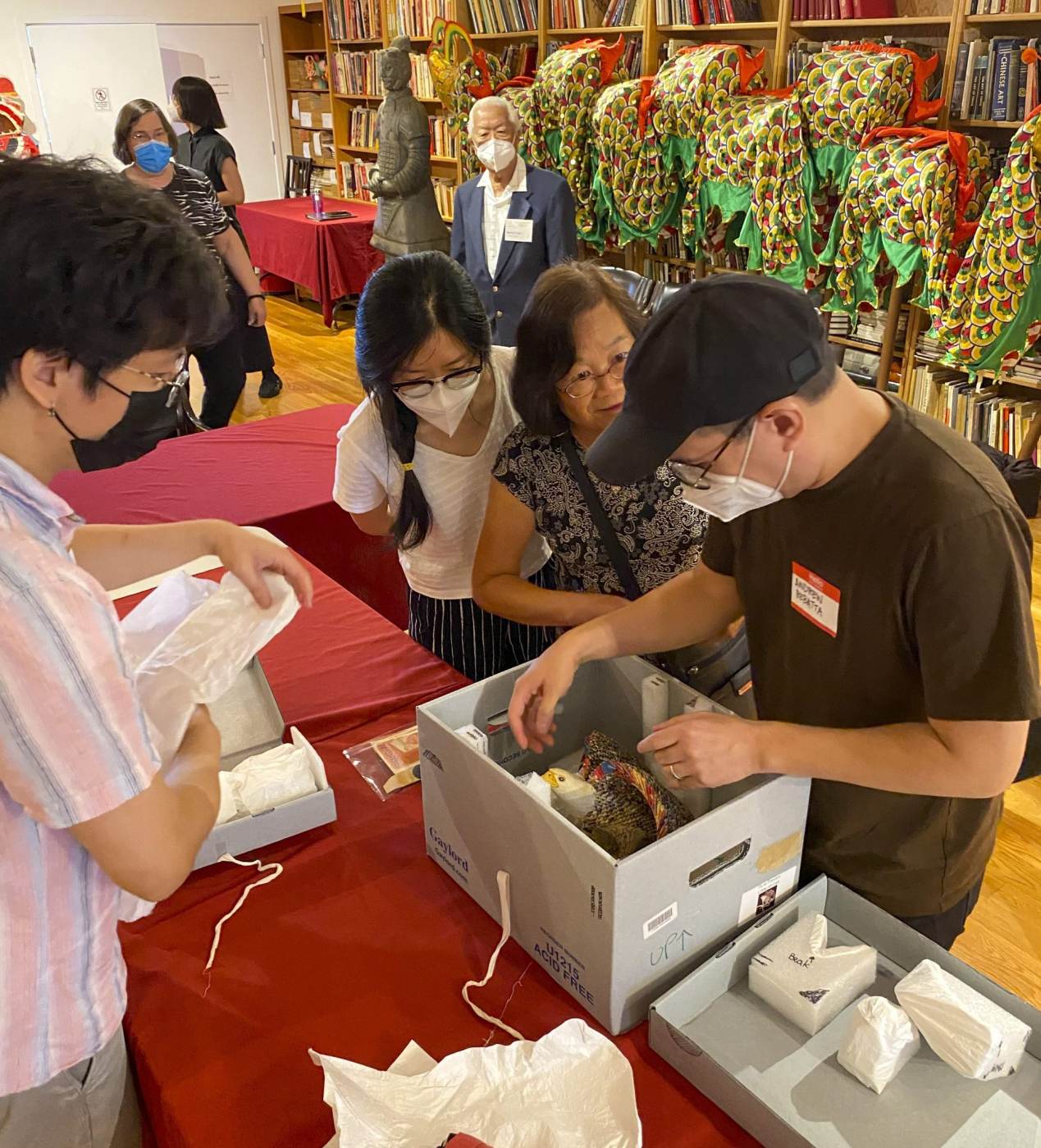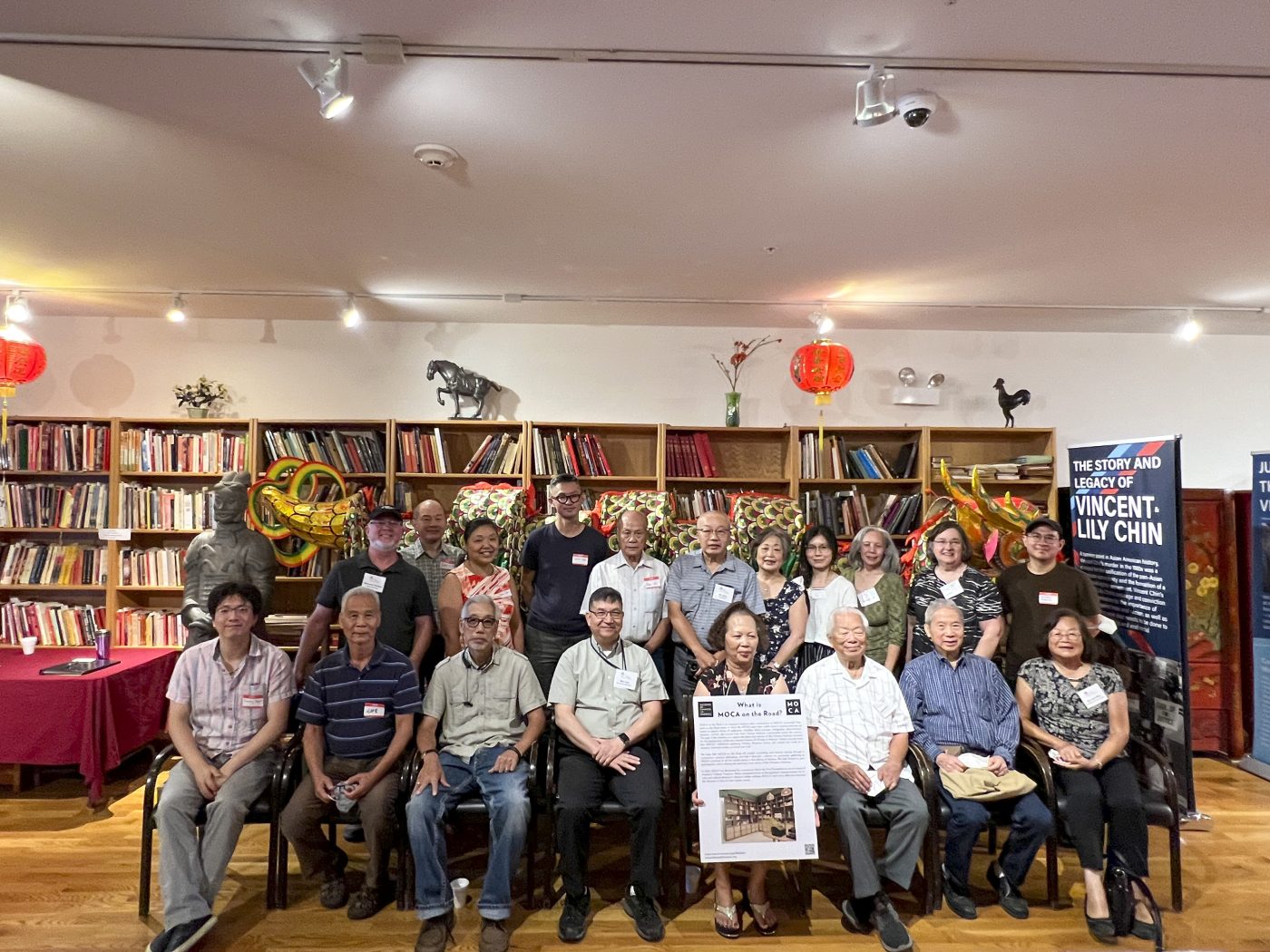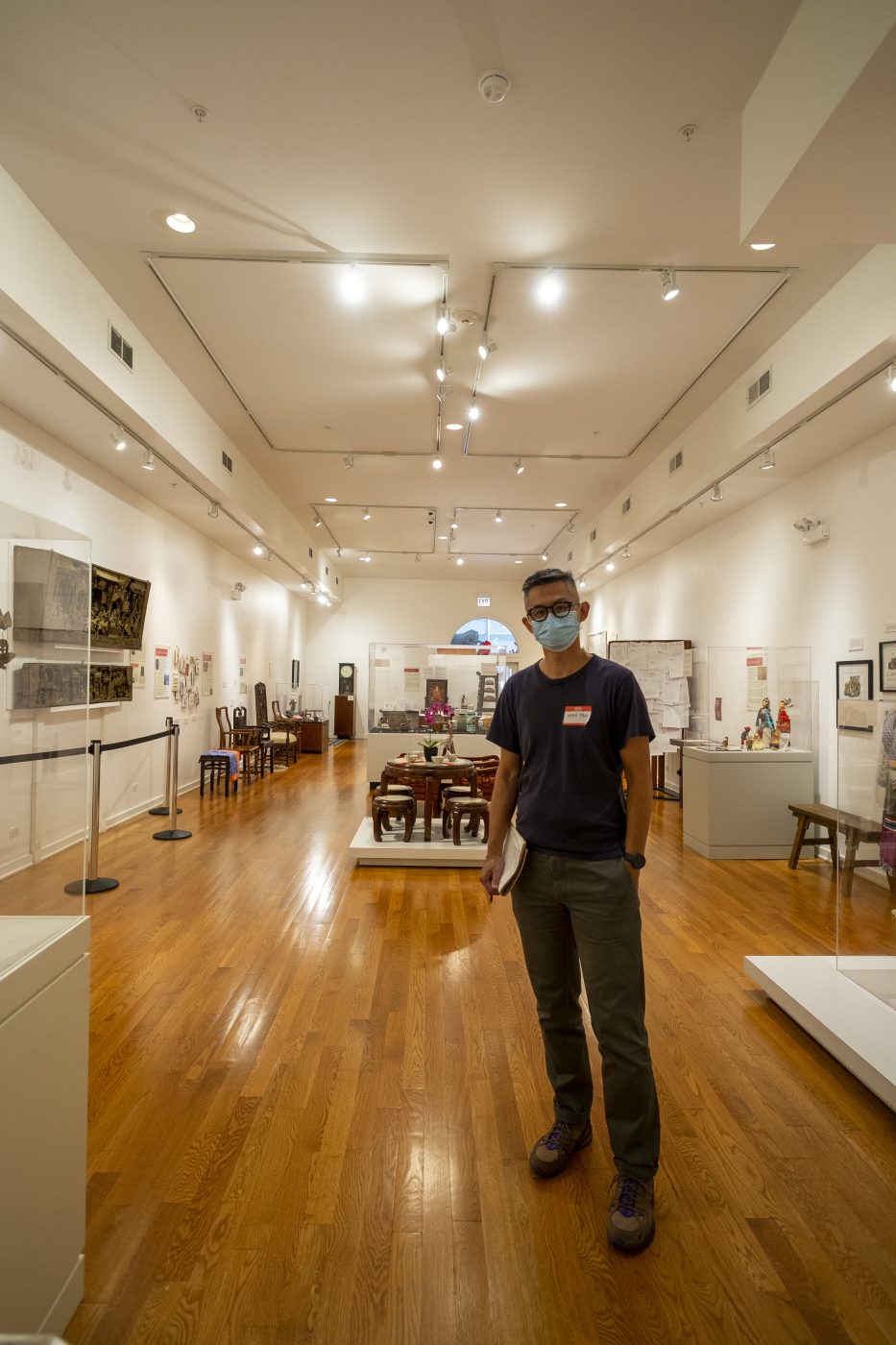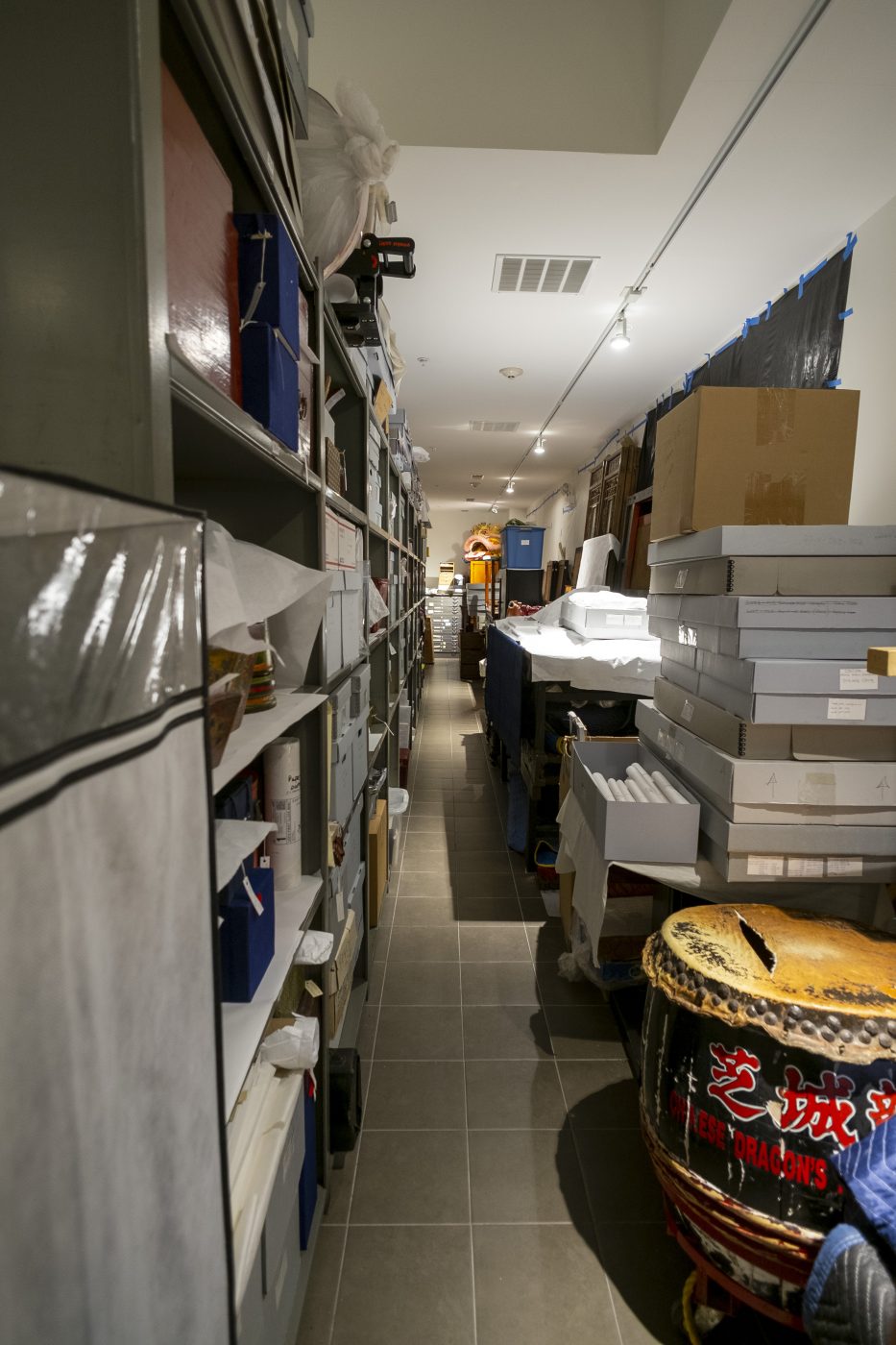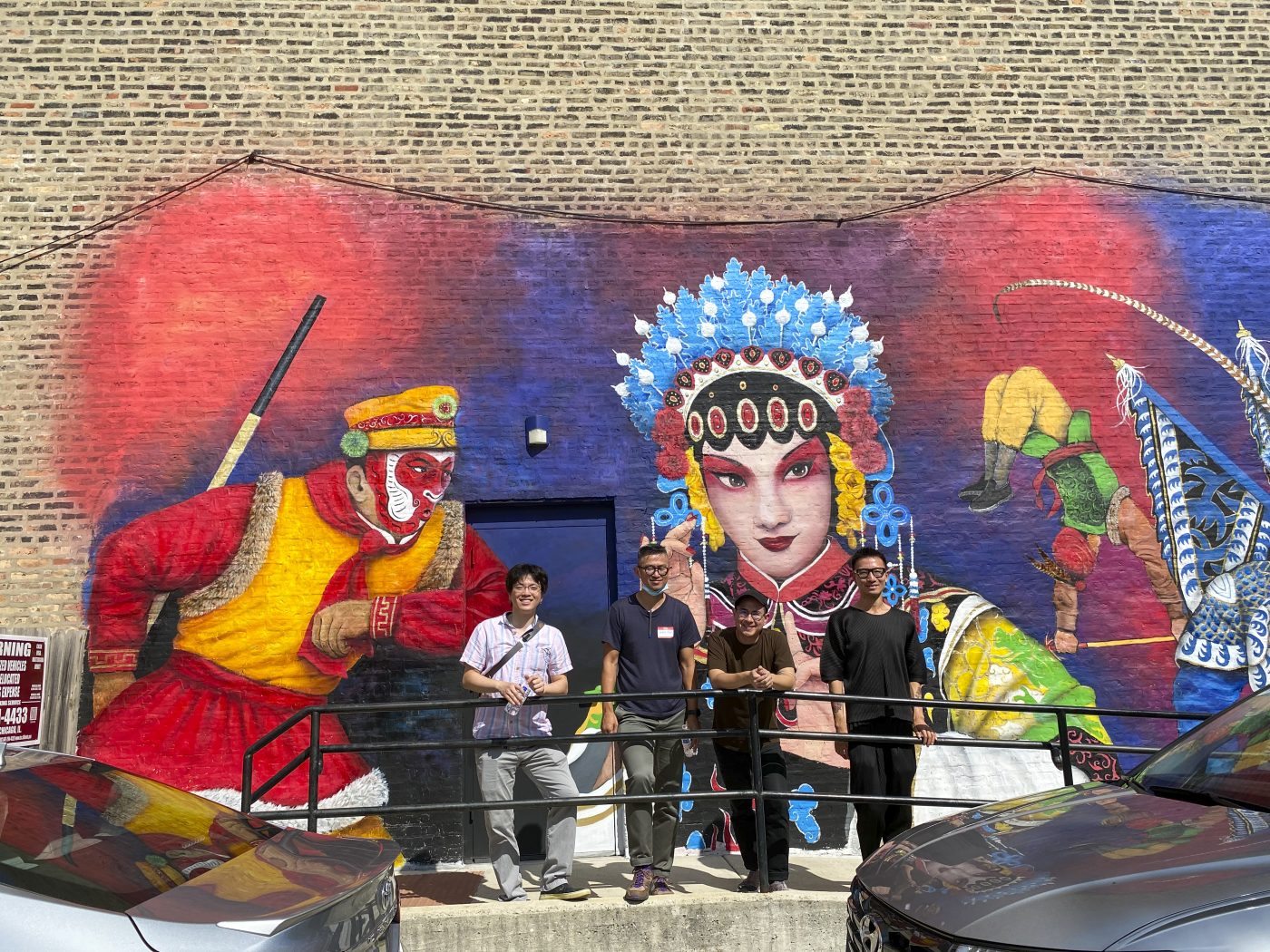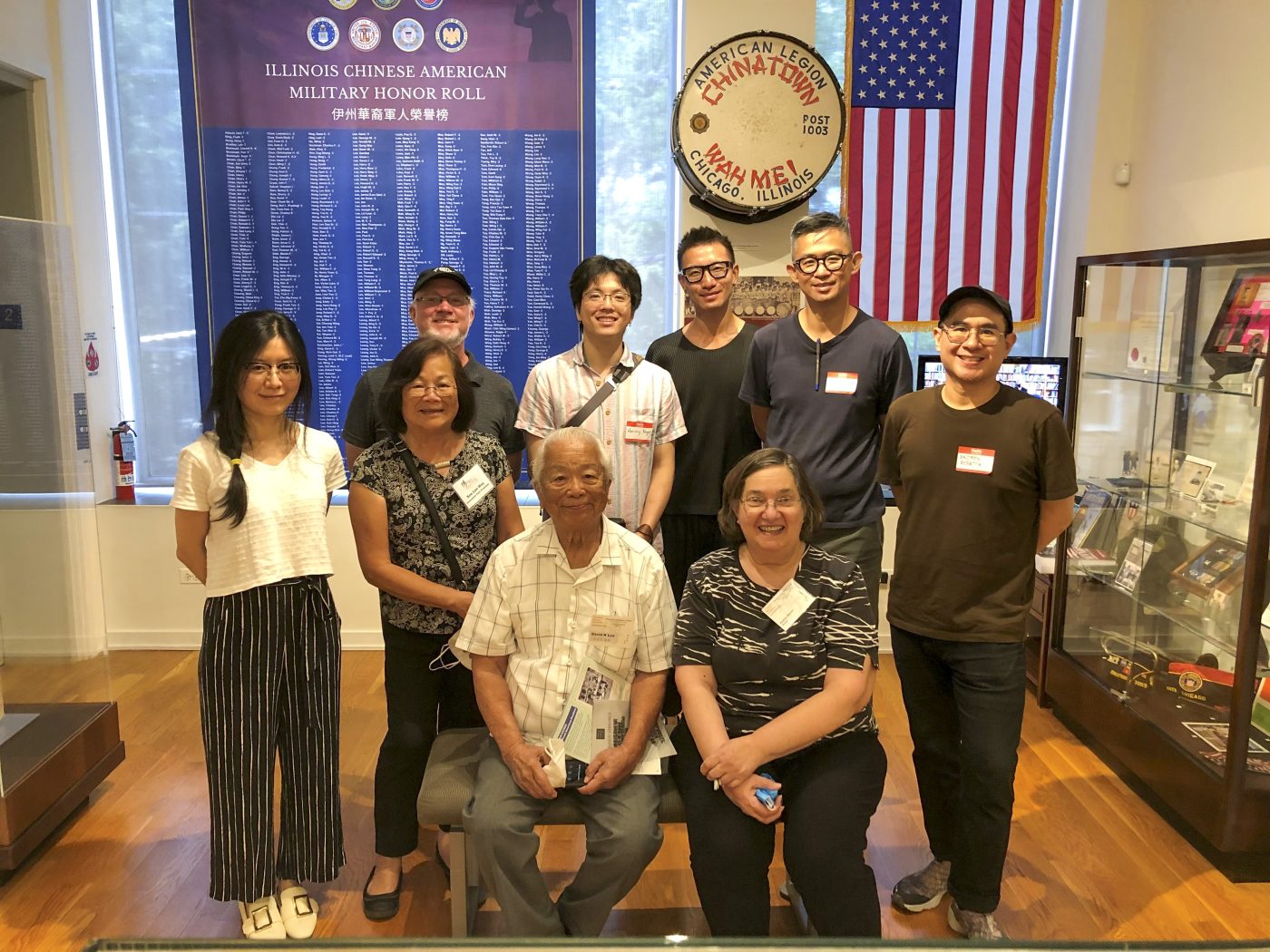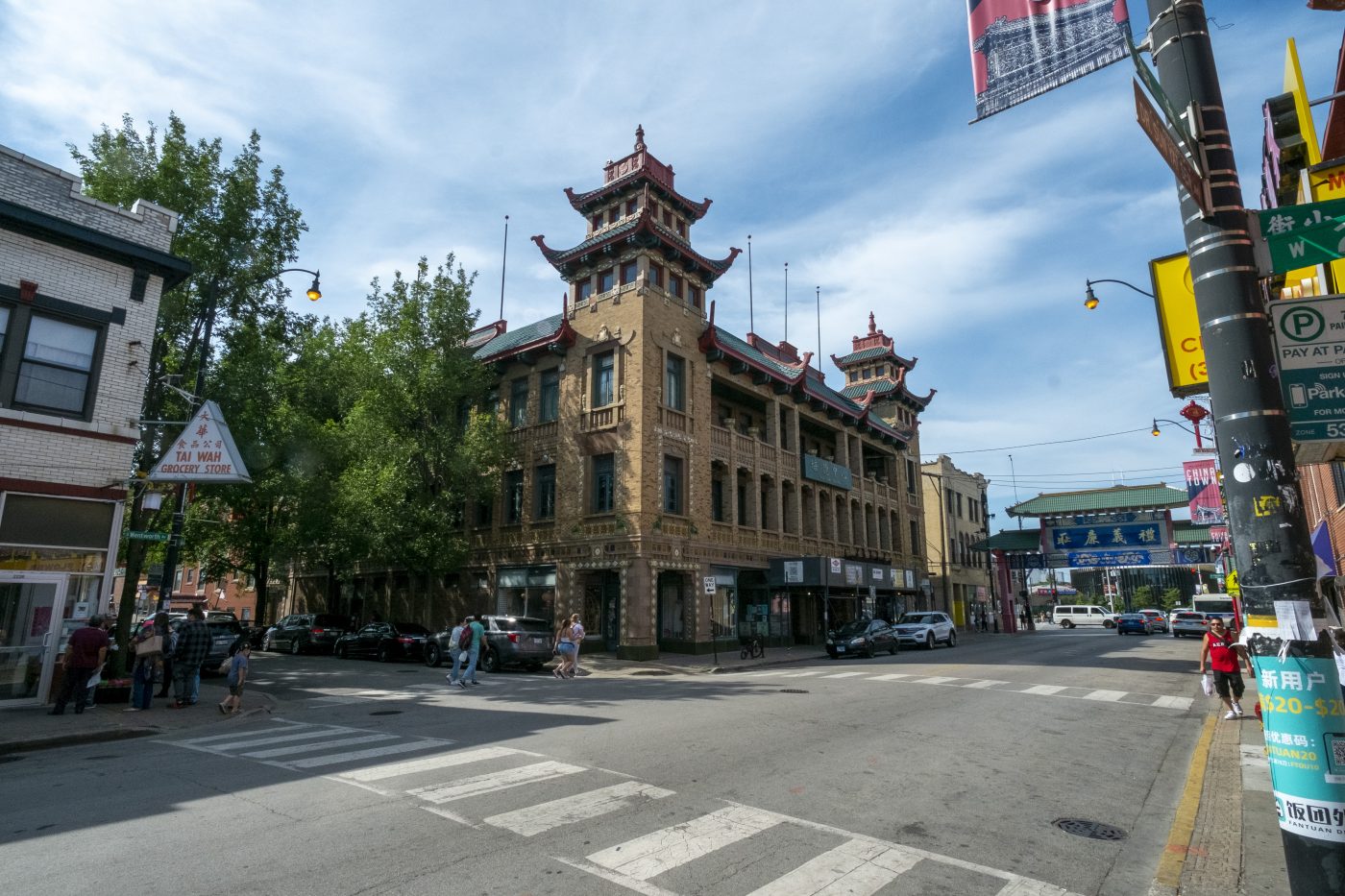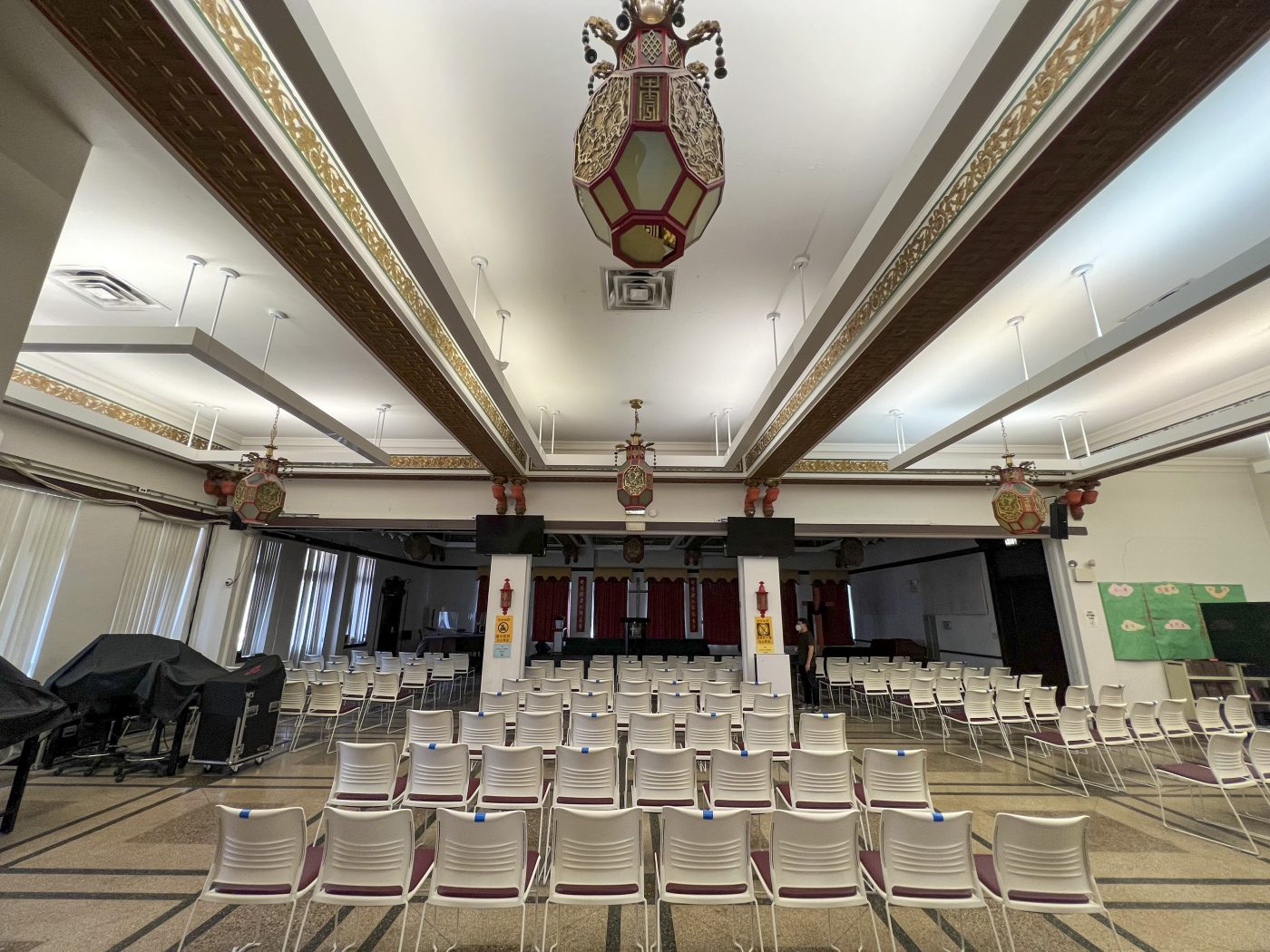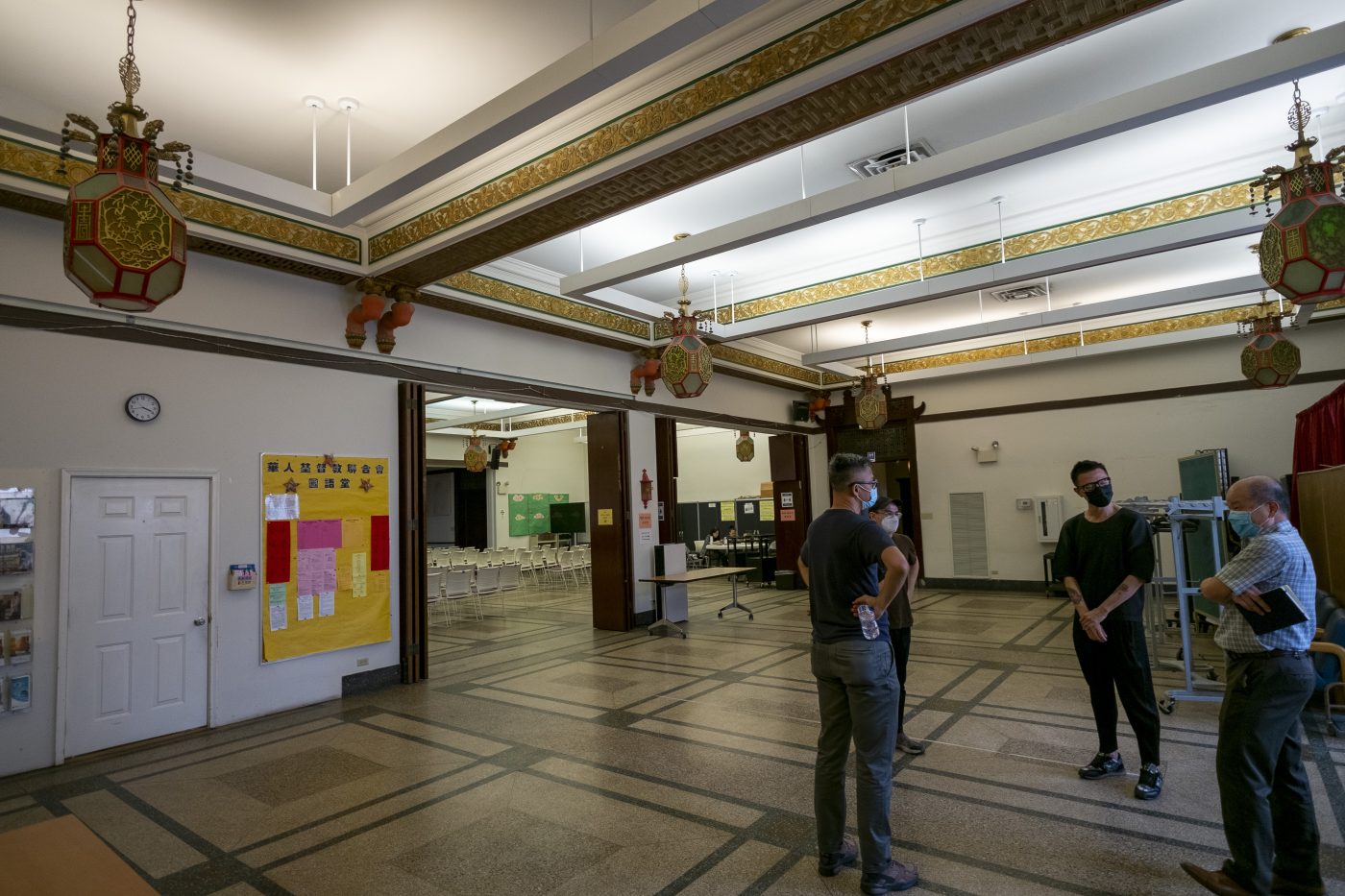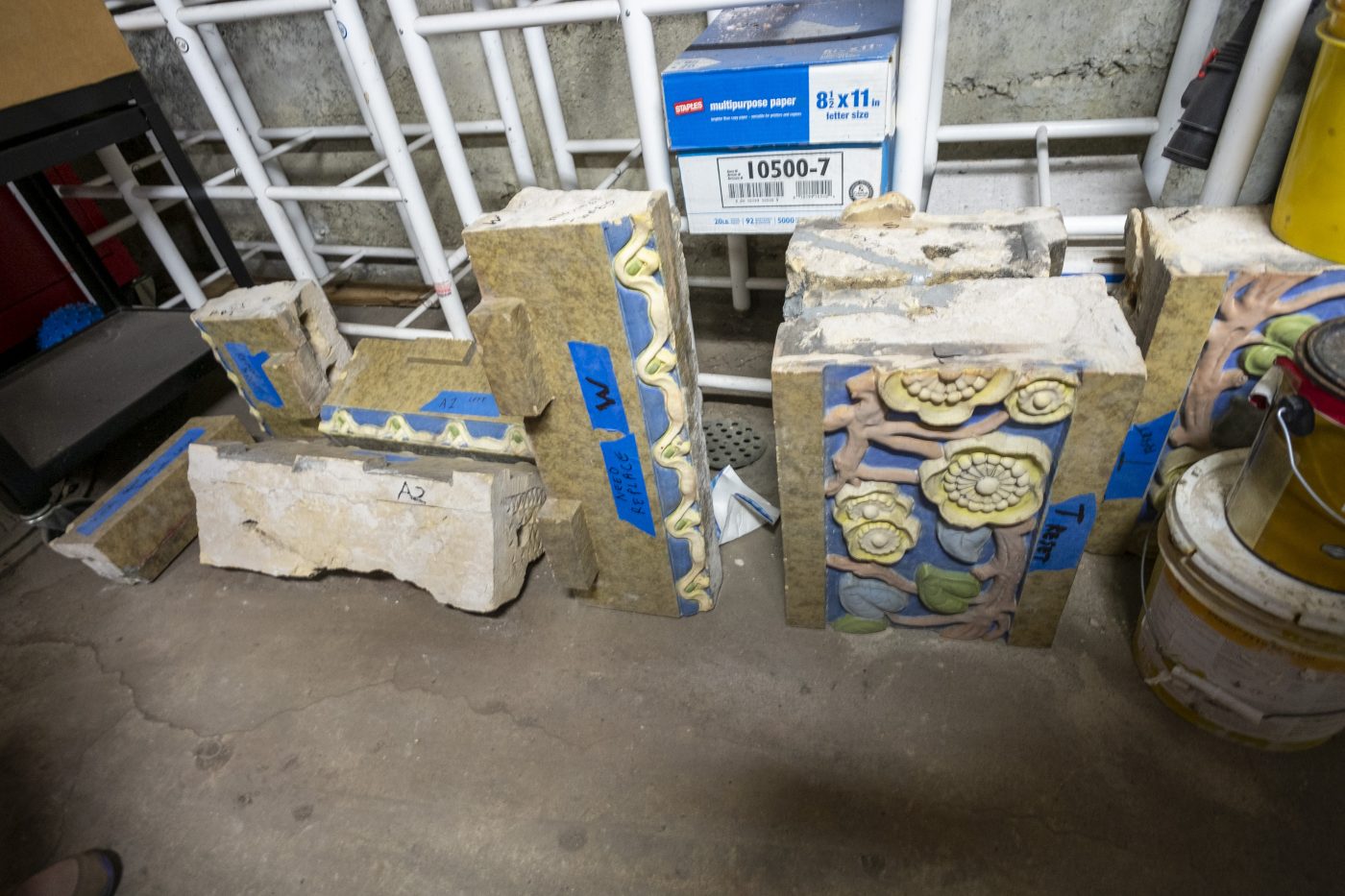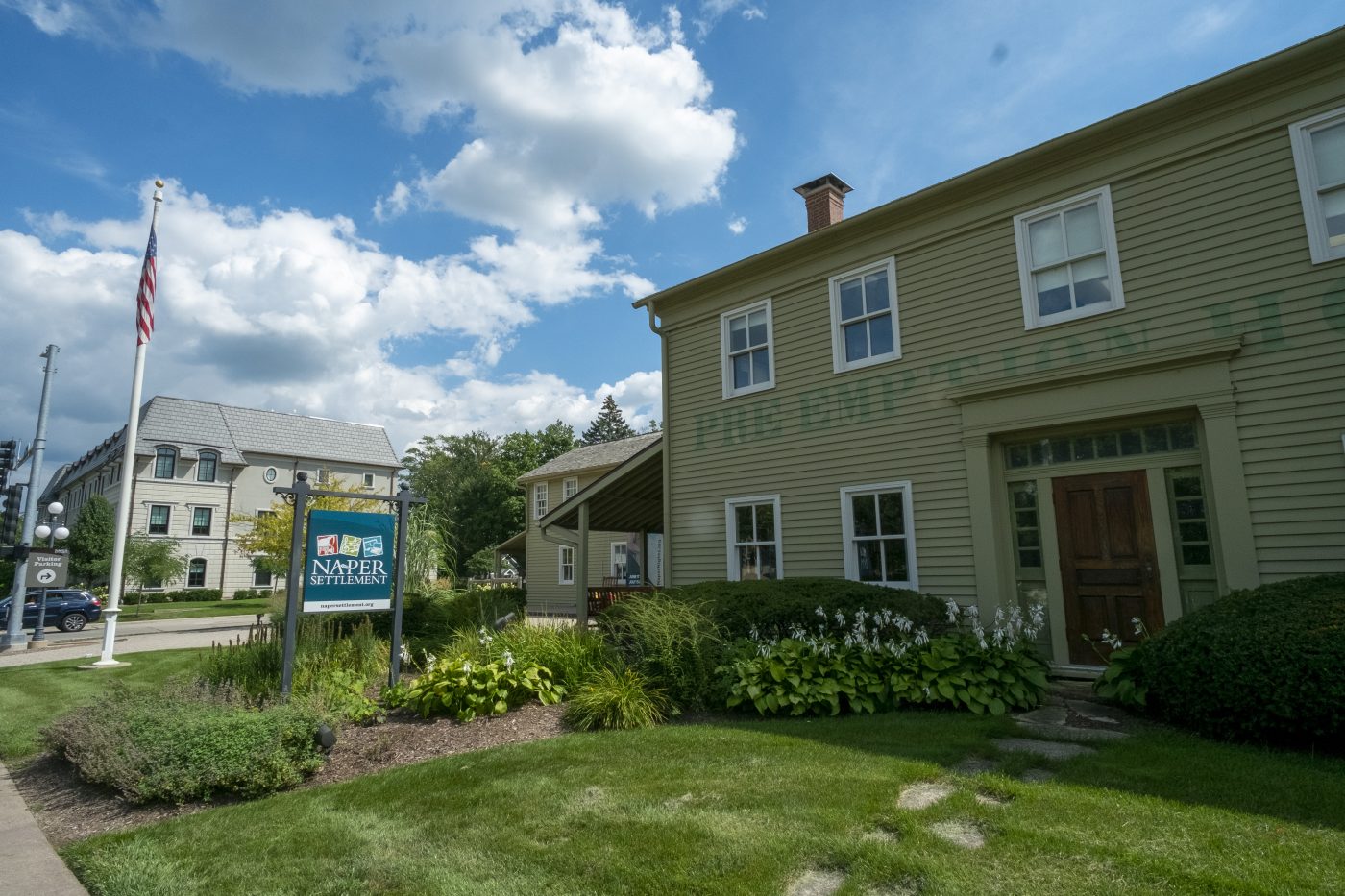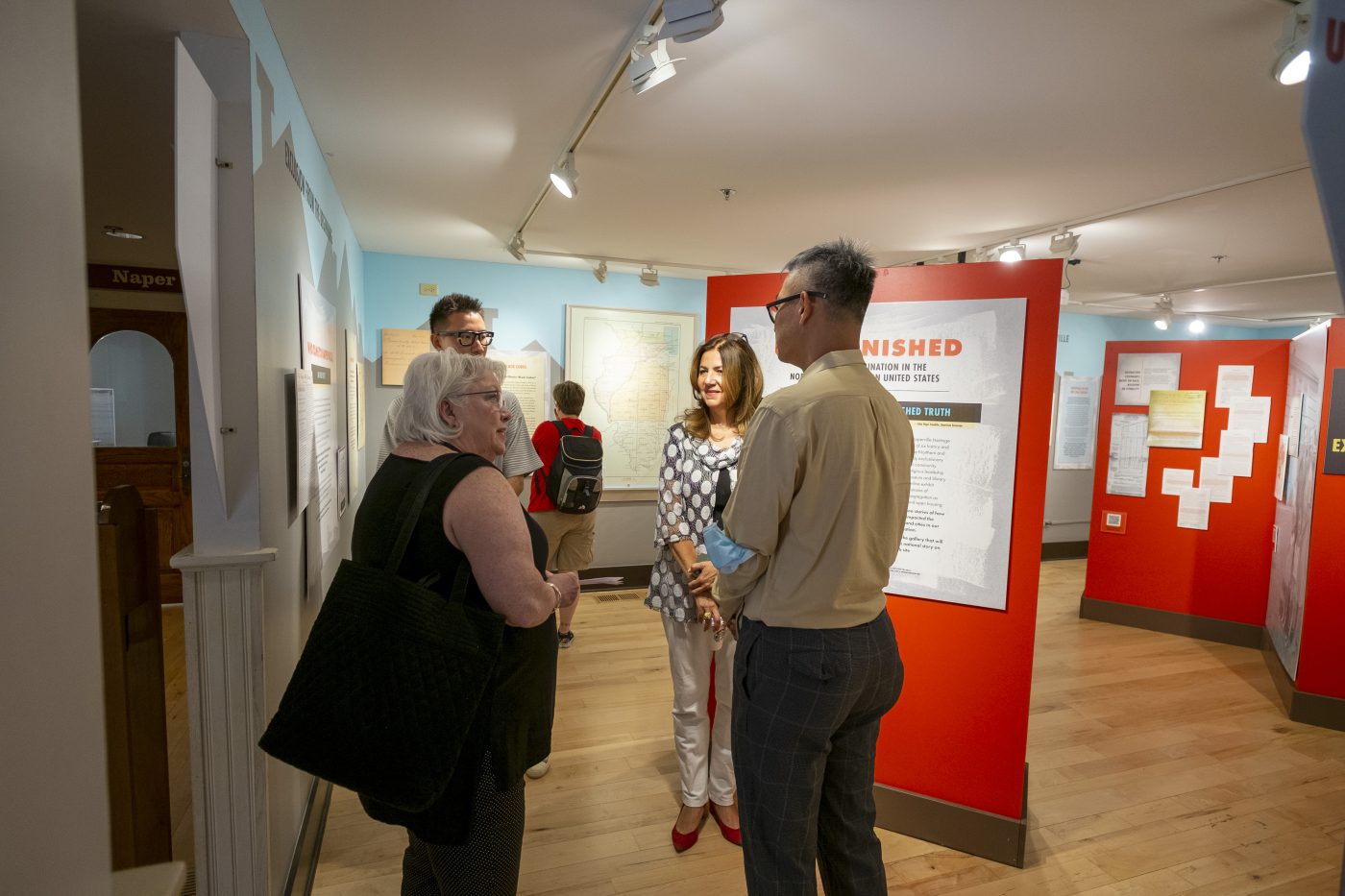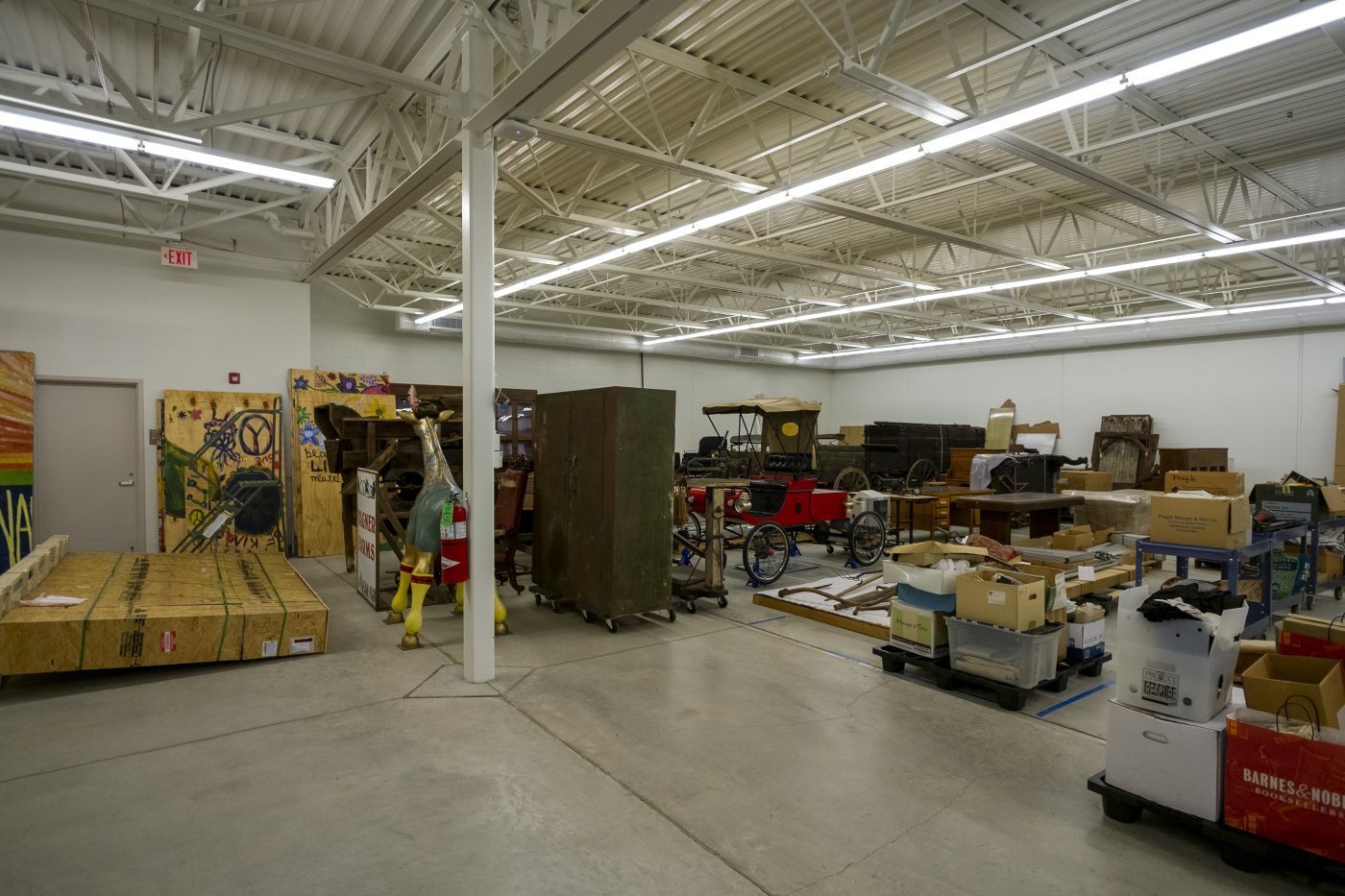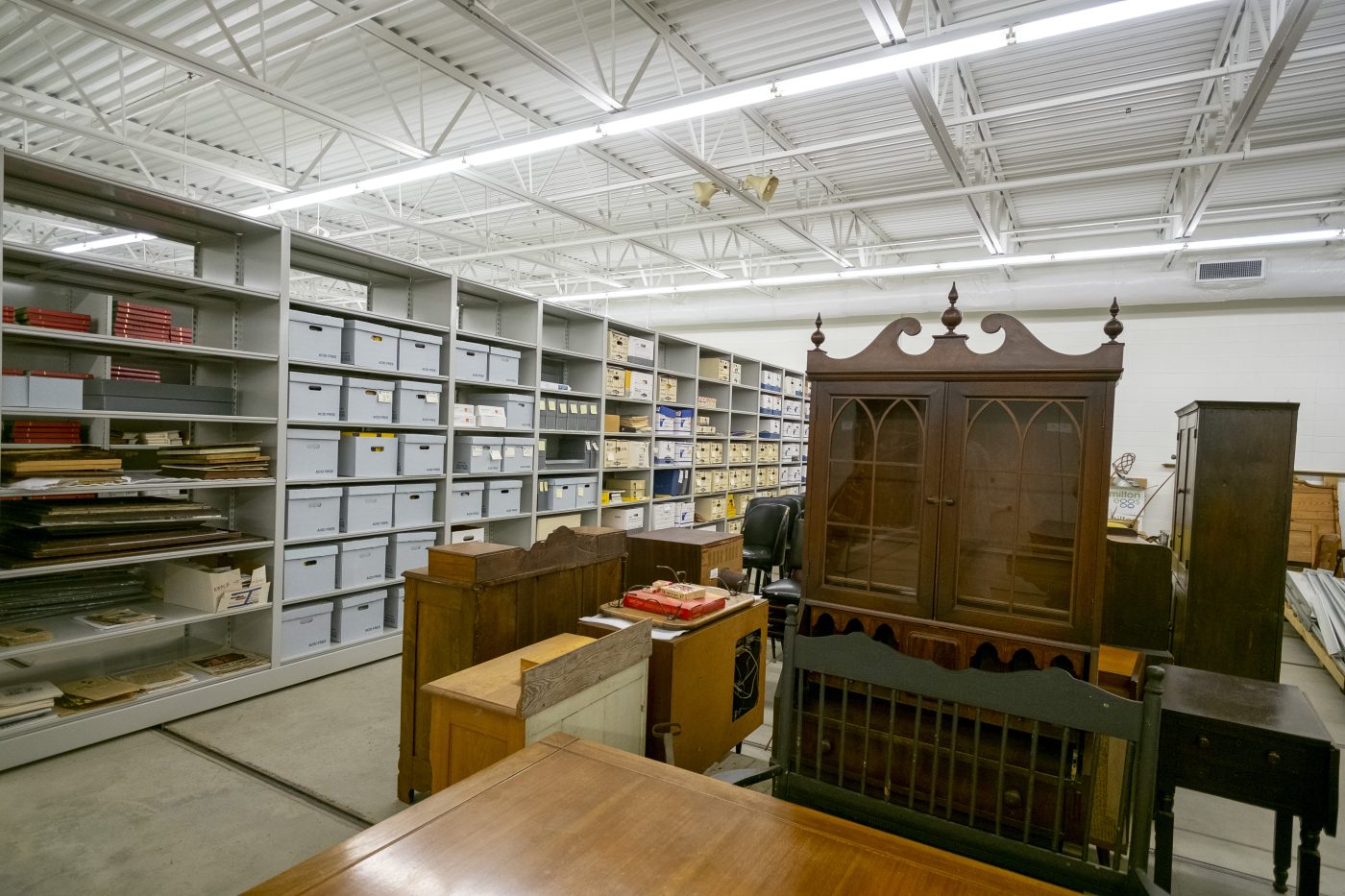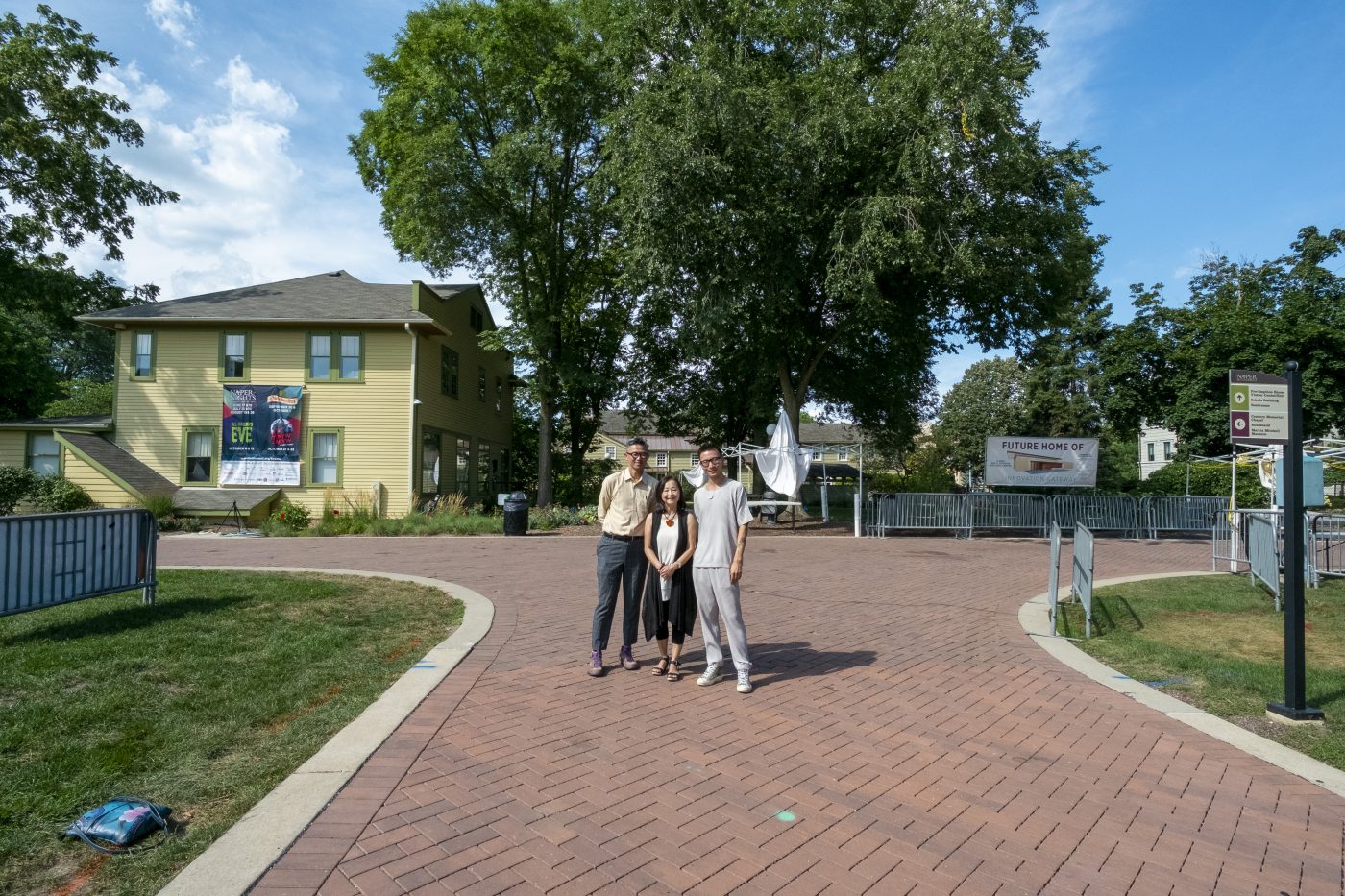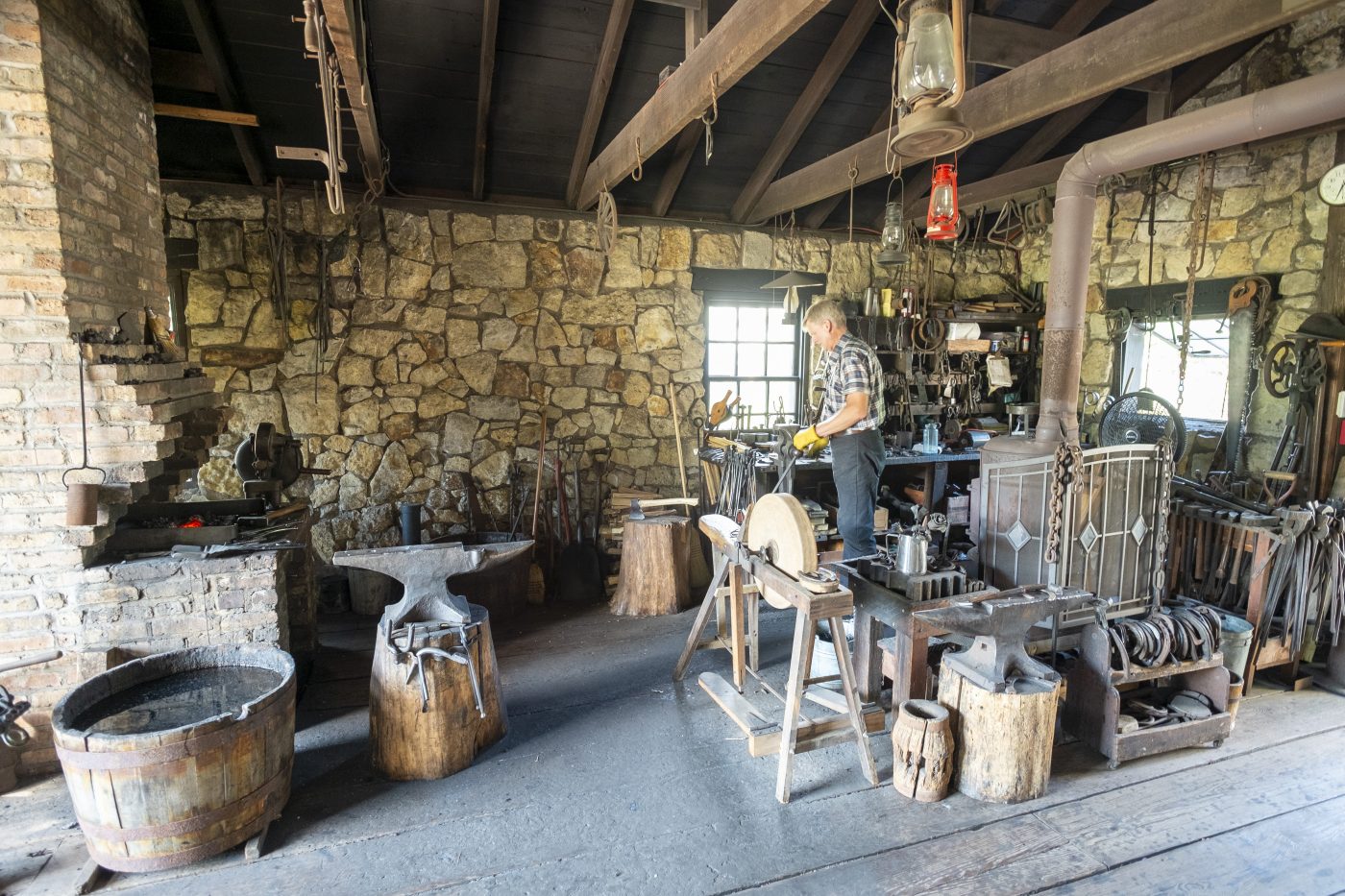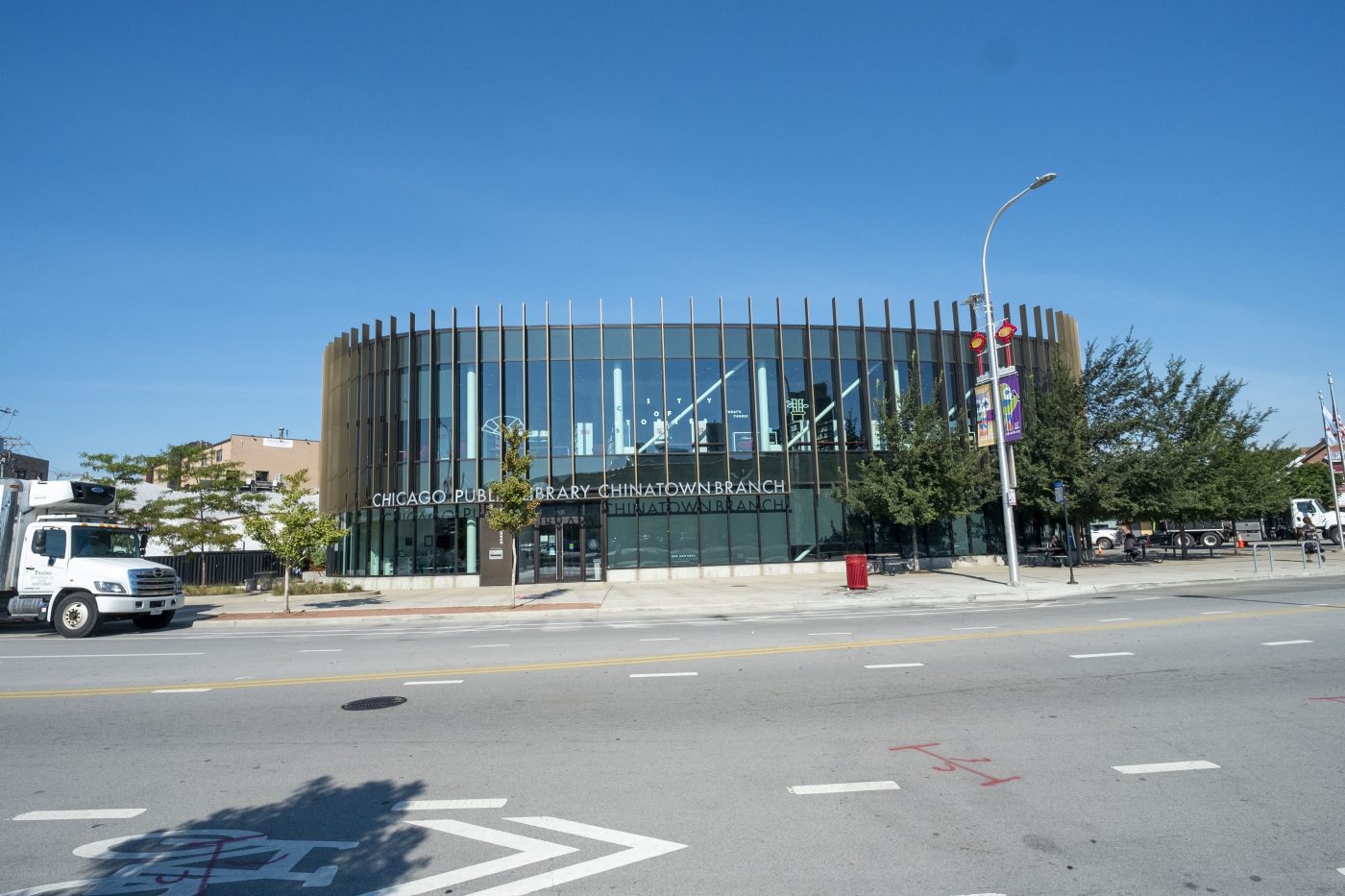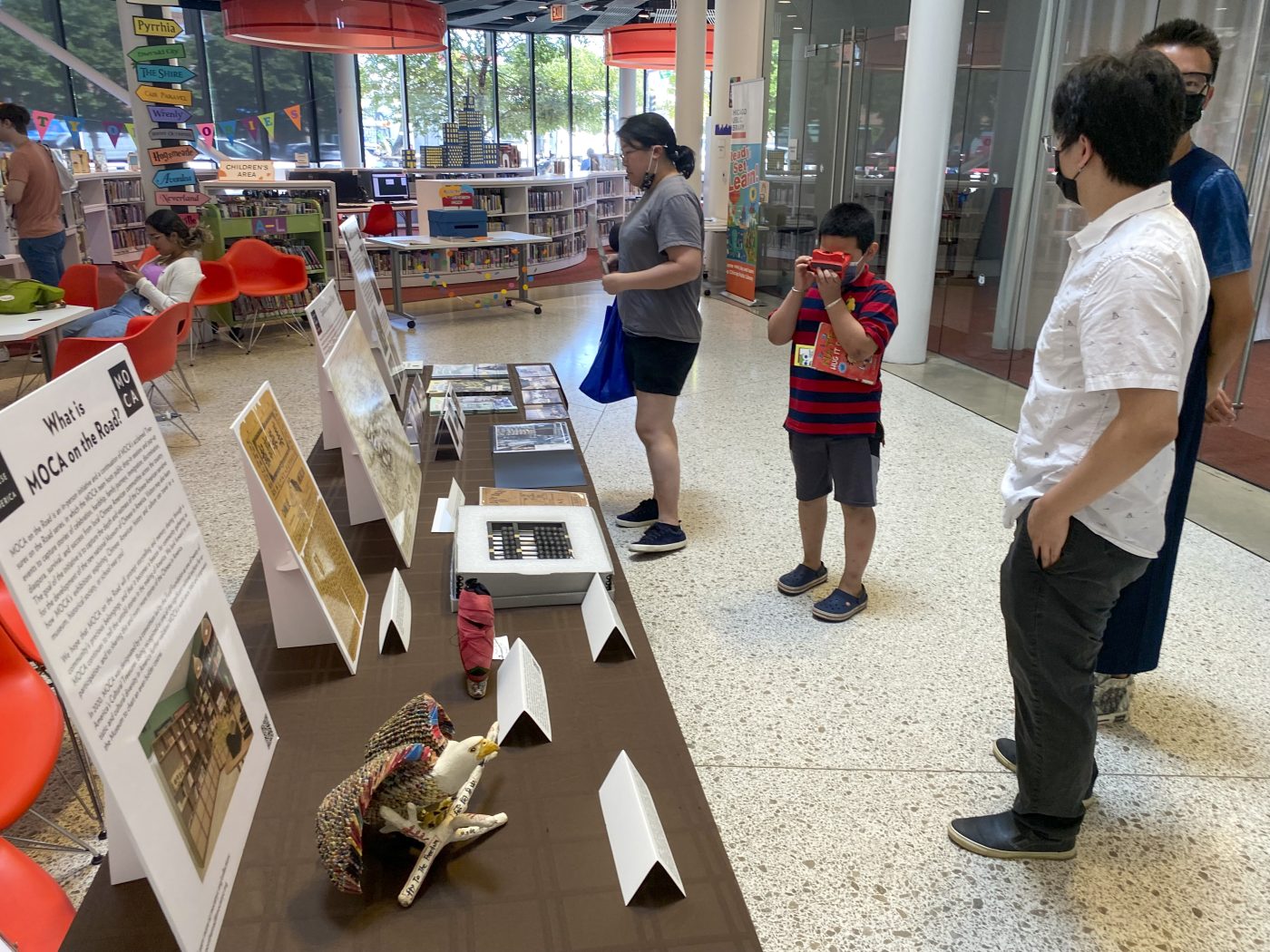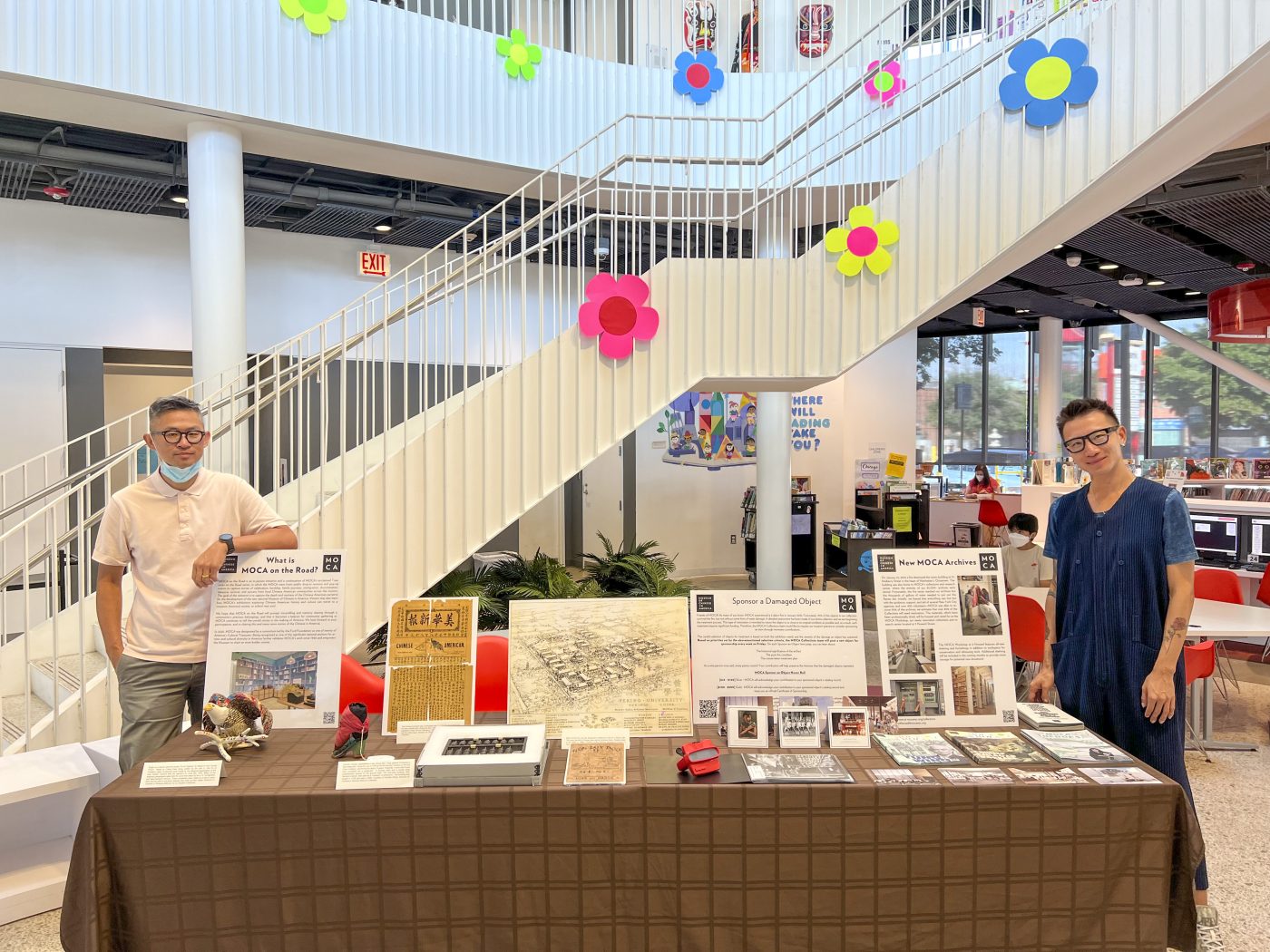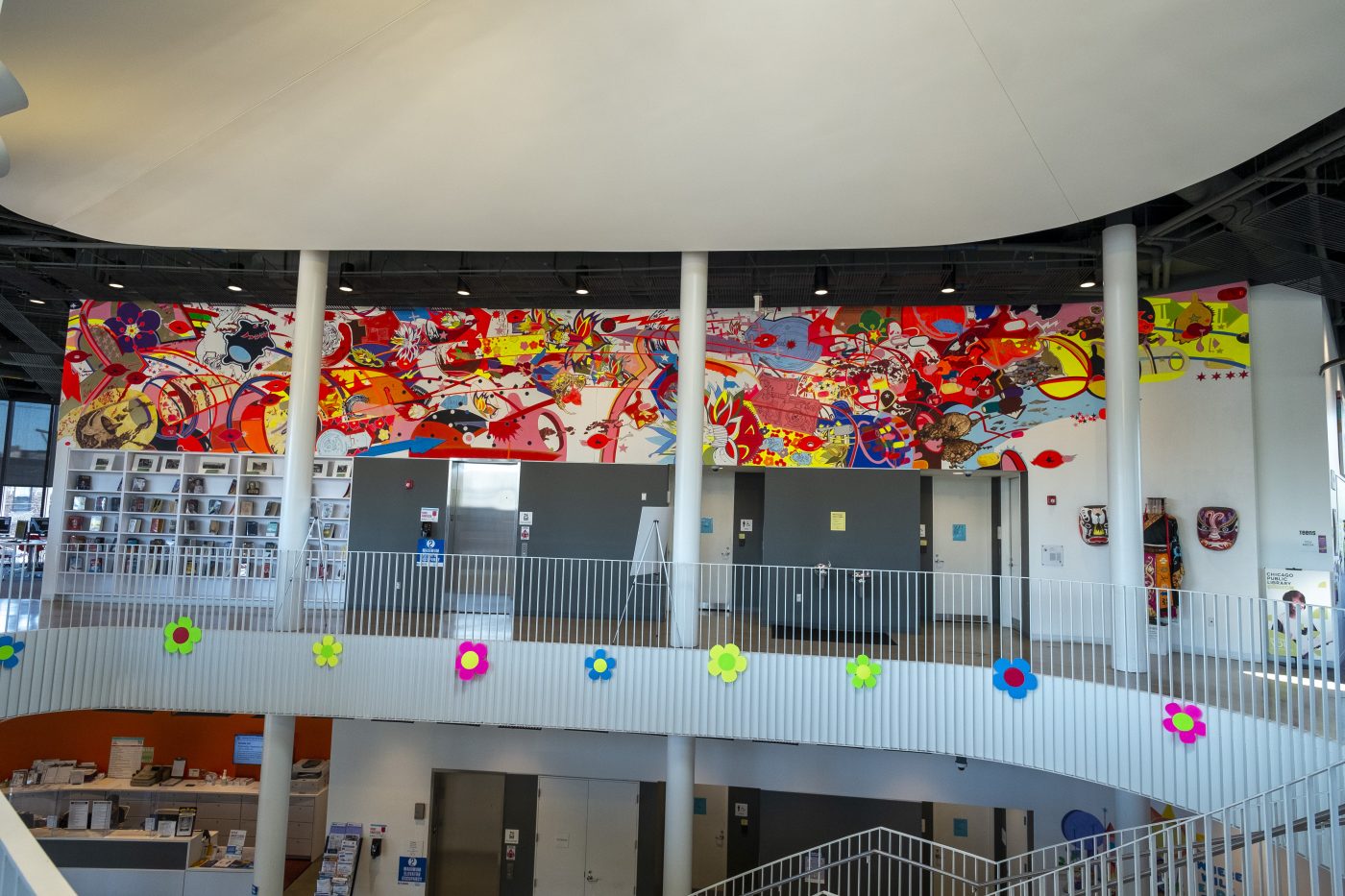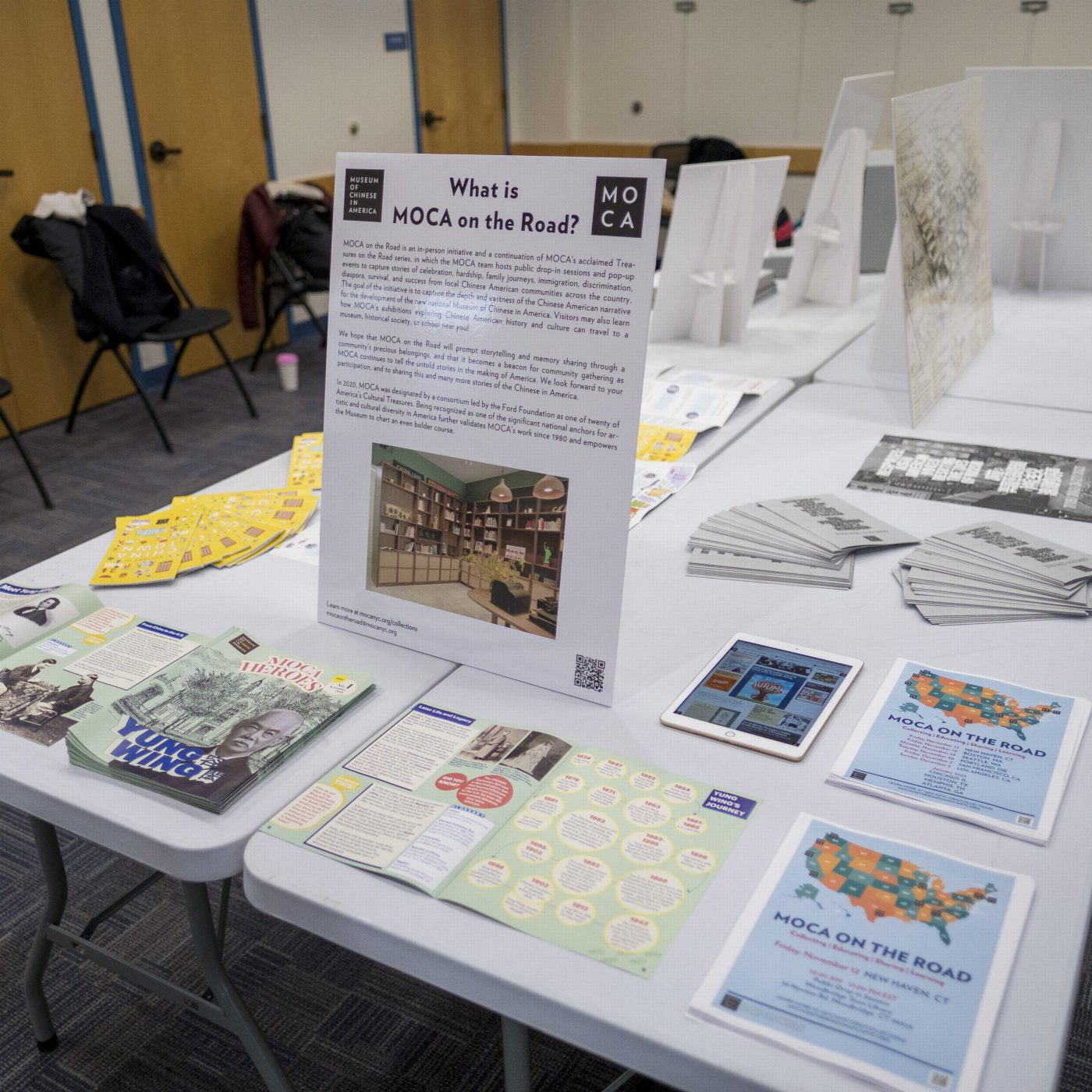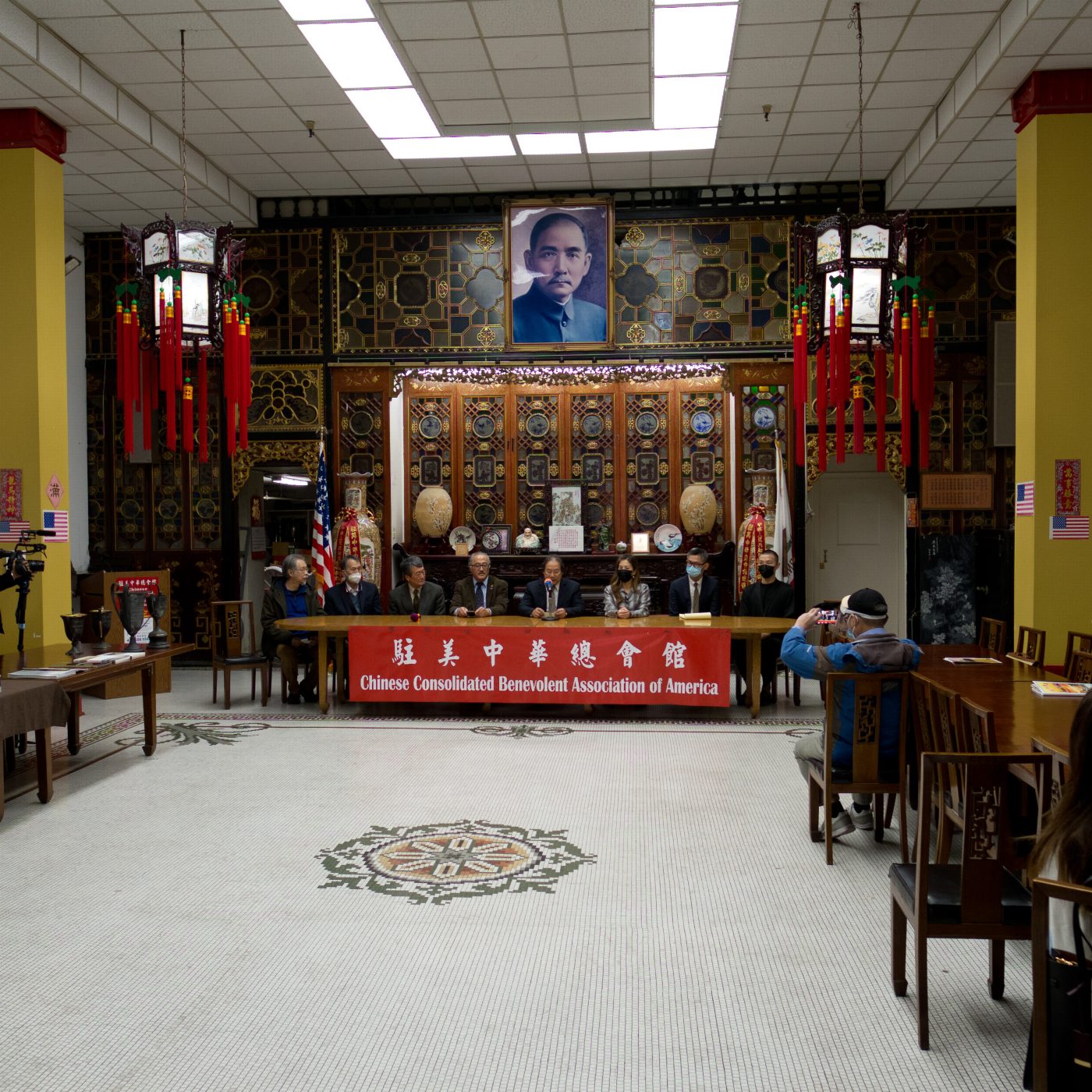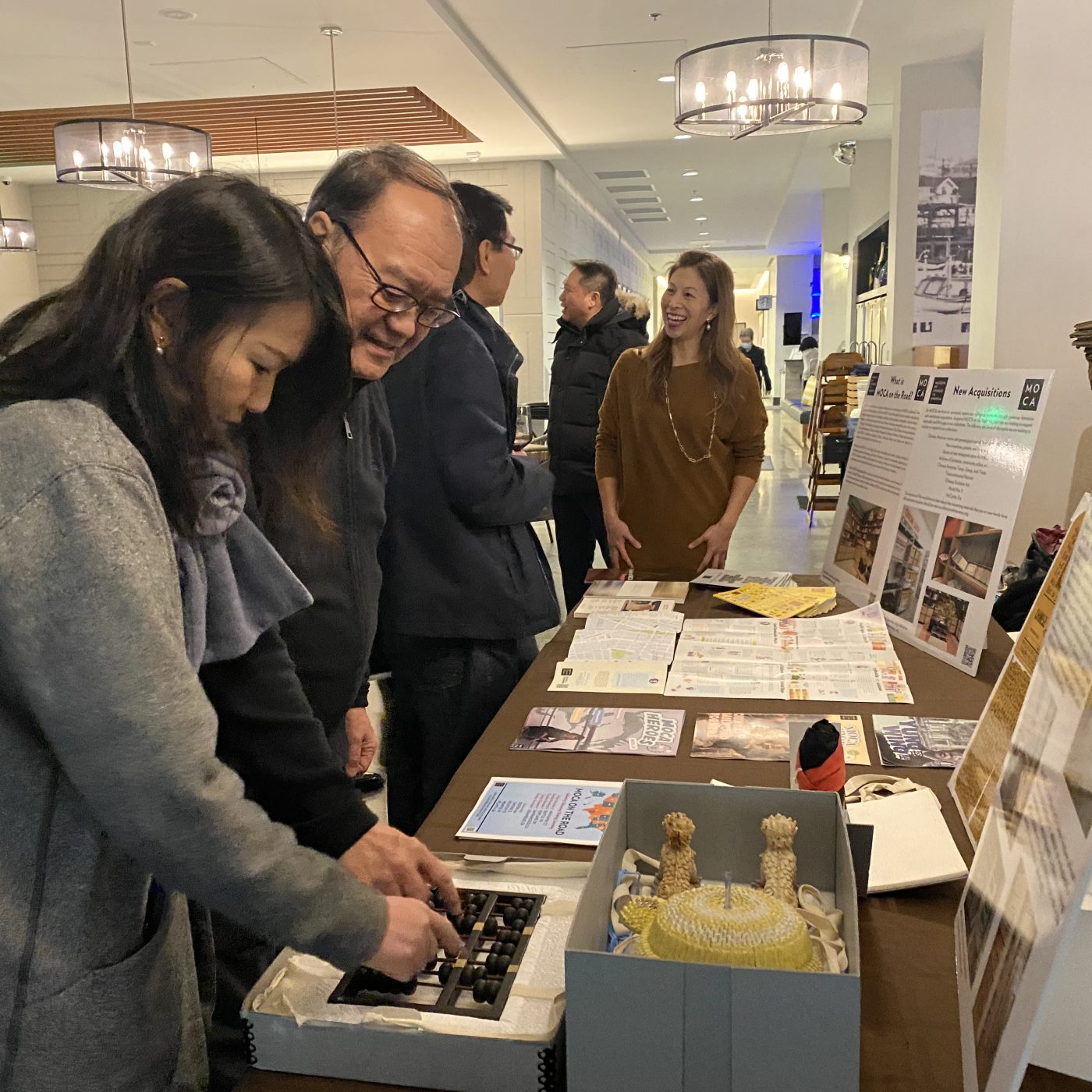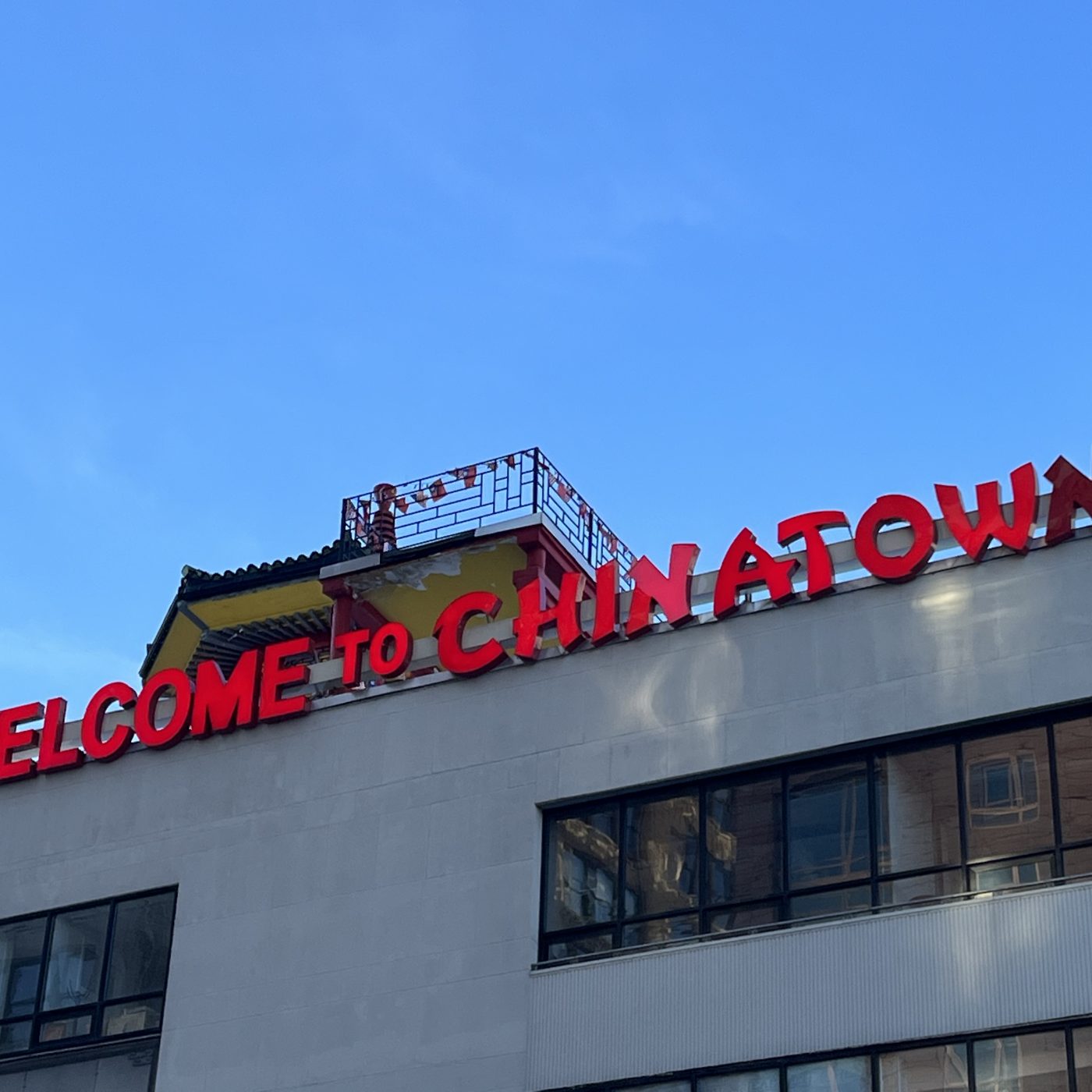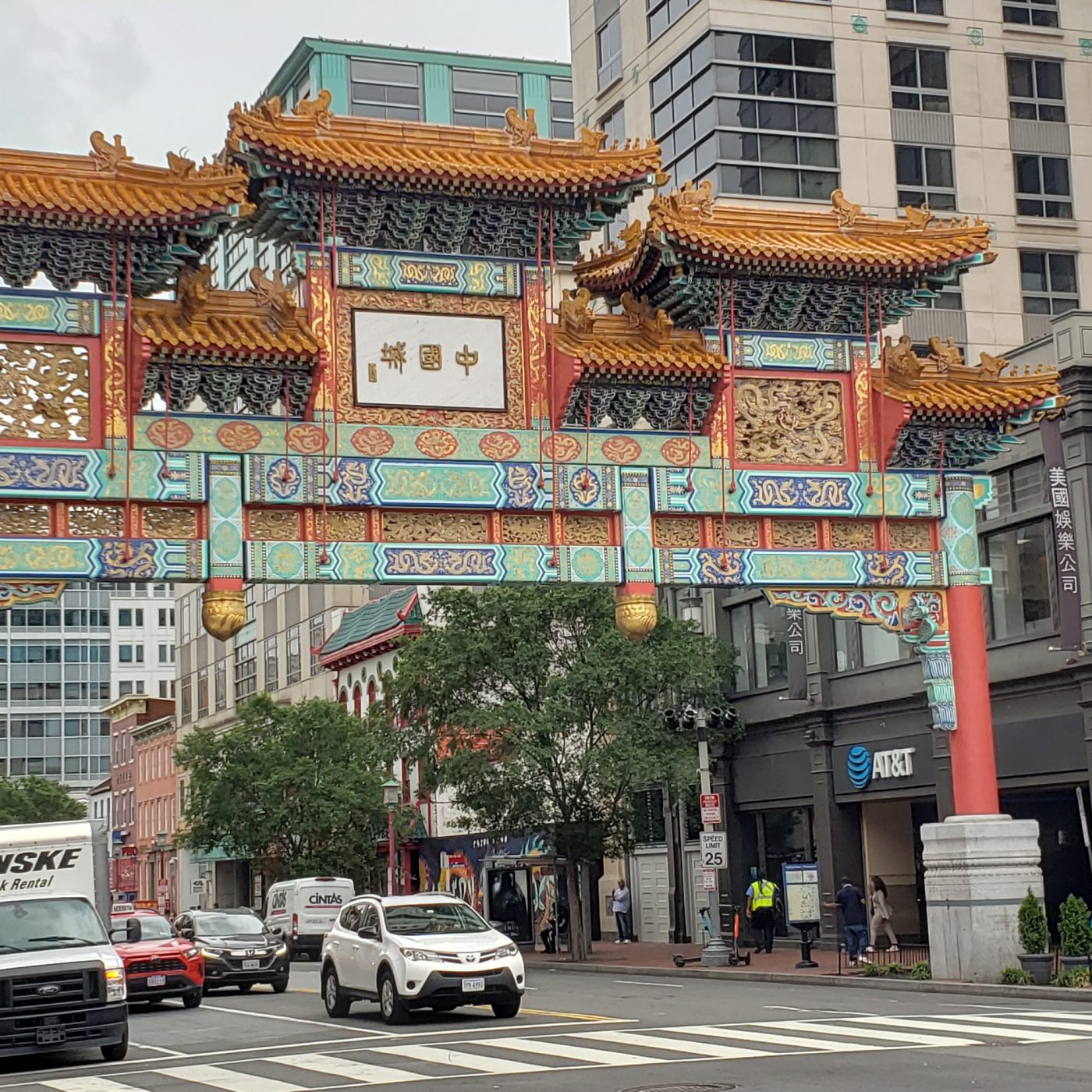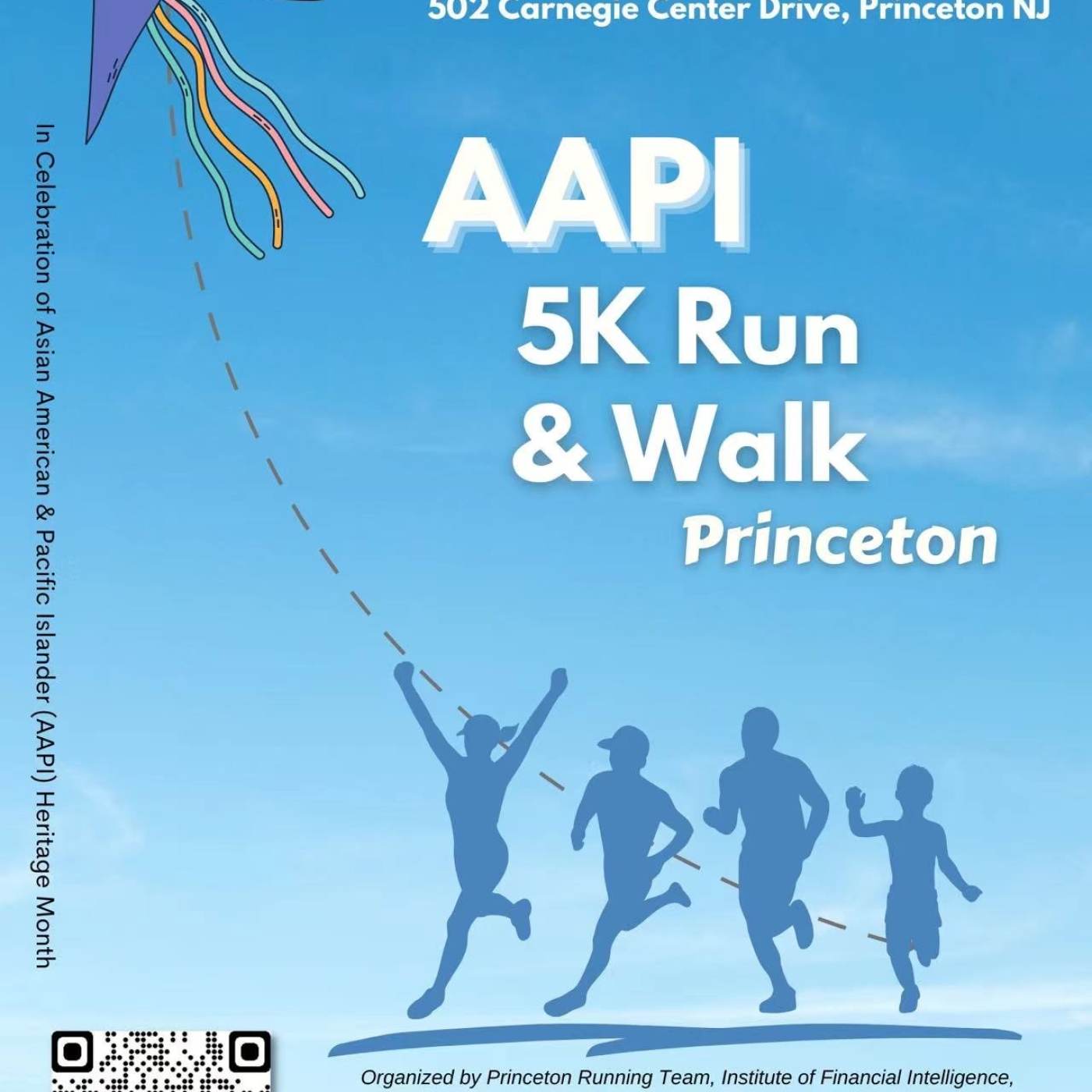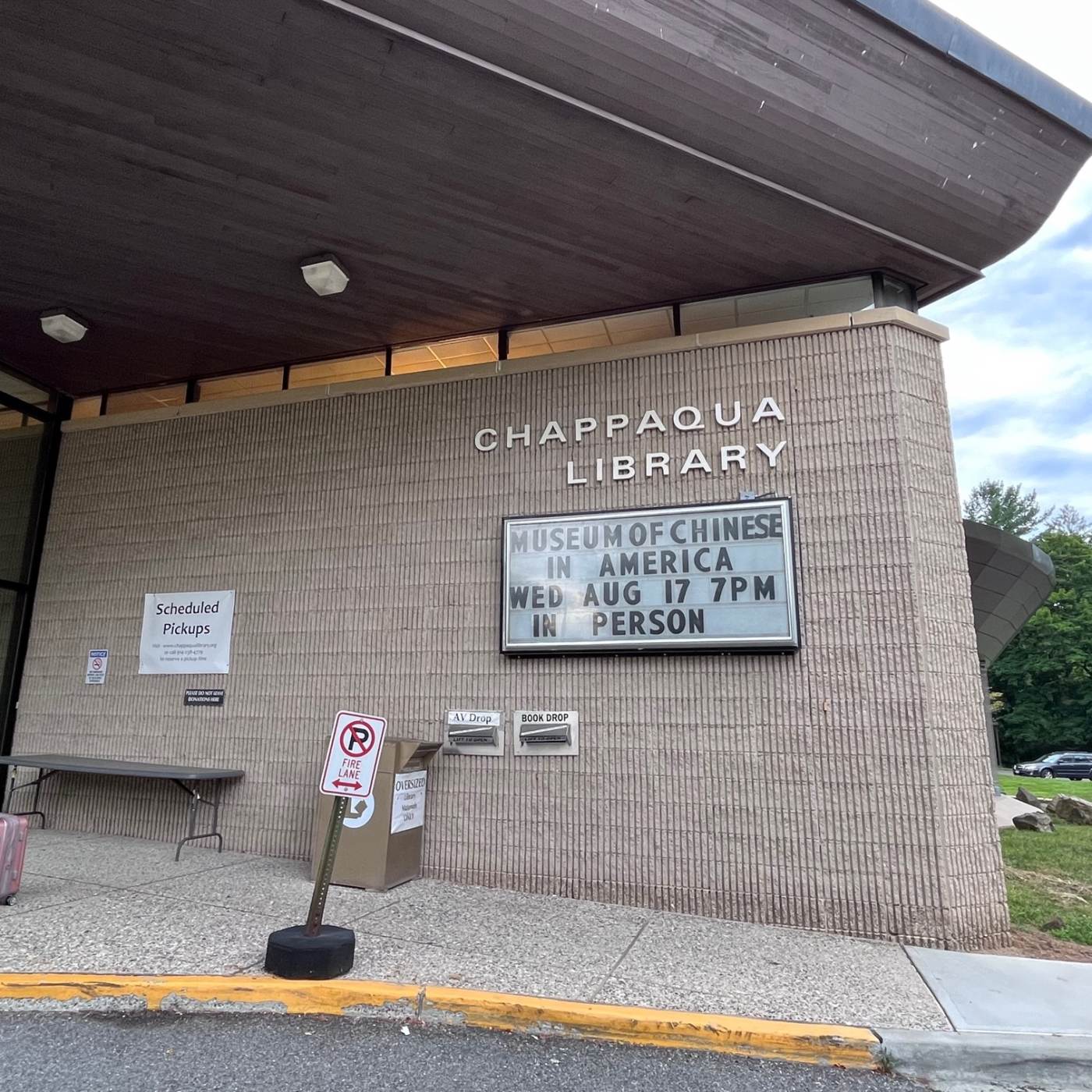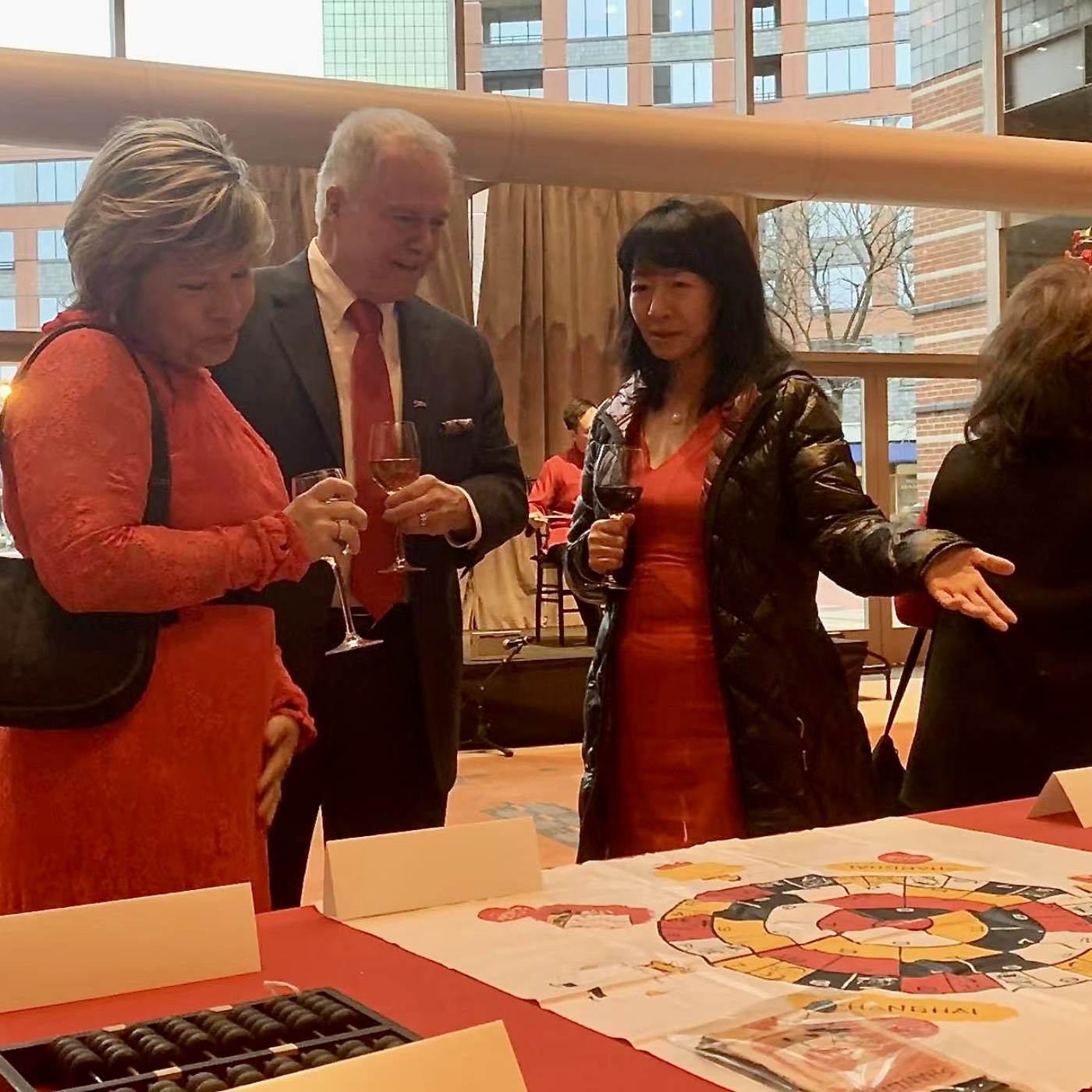For our 9th city on the MOCA on the Road Journey, we decided that Chicago would be a good destination for the team to explore the history of its local Chinese-American residents and connect with interested individuals who have deep connections with the local community. We spent a total of three days in Chicago, mostly focusing our attention on the Chinatown area as well as Naperville, roughly southwest of the city. Our goal for this trip is to not only promote awareness of our museum but, to also connect with local organizations and museums to get some insights into new exhibition ideas for the new MOCA core exhibit.
MOCA on the Road Recap: Chicago
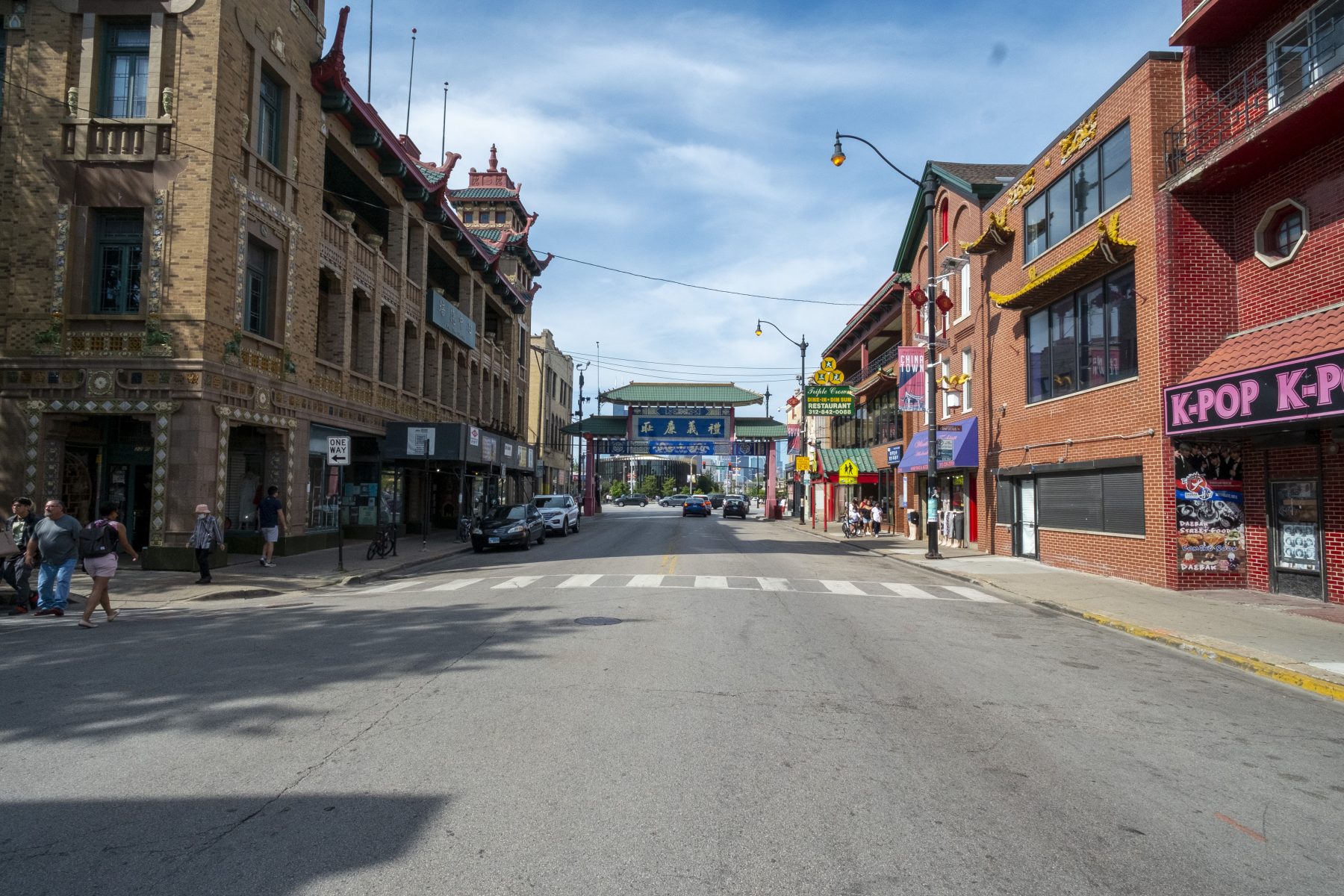
Day 1
Our adventure started at LaGuardia Airport at 6 am, the team gathered together for their early bird flight to Chicago to make the most out of the first day in Chi-town. Upon arrival, we hopped into a rental and made our way over to the Chinese American Museum of Chicago (CAMOC) located in the center of the city’s Chinatown district. As we pulled into the lot, we were greeted by the large mural painted by artist Richard Lo that featured beautiful depictions of opera performers in costume and makeup.
We met with many members of the museum staff and board, including Immediate Past President Soo Lon Moy, Executive Director Ben Lau, and President Ed Jung who greeted us with open arms and led us up to the top floor where space was reserved for our MOCA on the Road public event.
The CAMOC team was kind enough to not only host us but also coordinated with us beforehand to invite the local Chinese American community members to our event. The local organizations that were represented included the Lee Association, the Association of Chinese Americans, Pui Tak Center in addition to members of the local SingTao and World Journal press. In this public event, the MOCA team set up artifacts, booklets, and information boards for guests to browse and engage in discussion regarding our museum and mission. We also did a round of introductions of everyone attending with everyone sharing their immigration stories of themselves or their family.
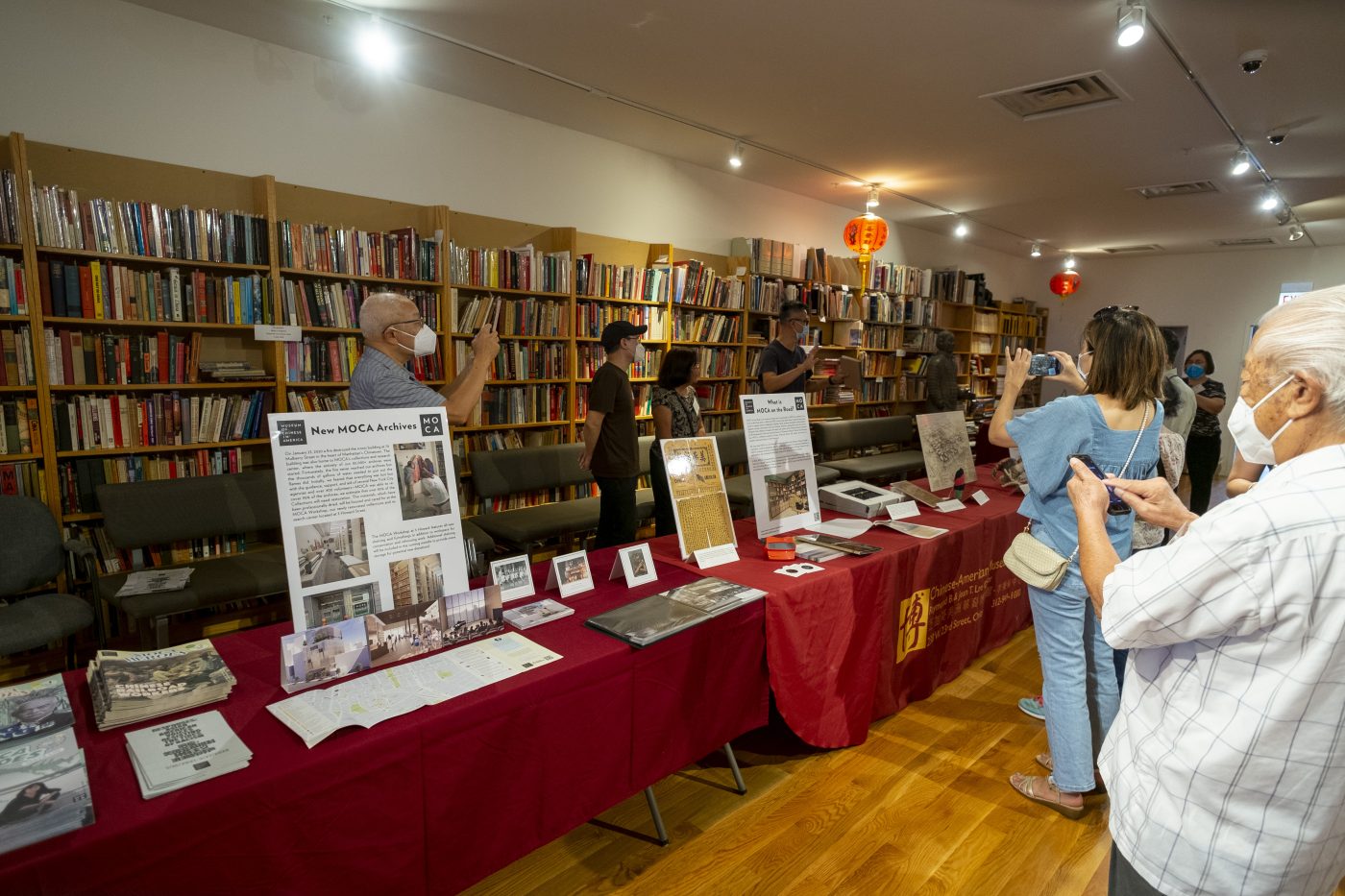
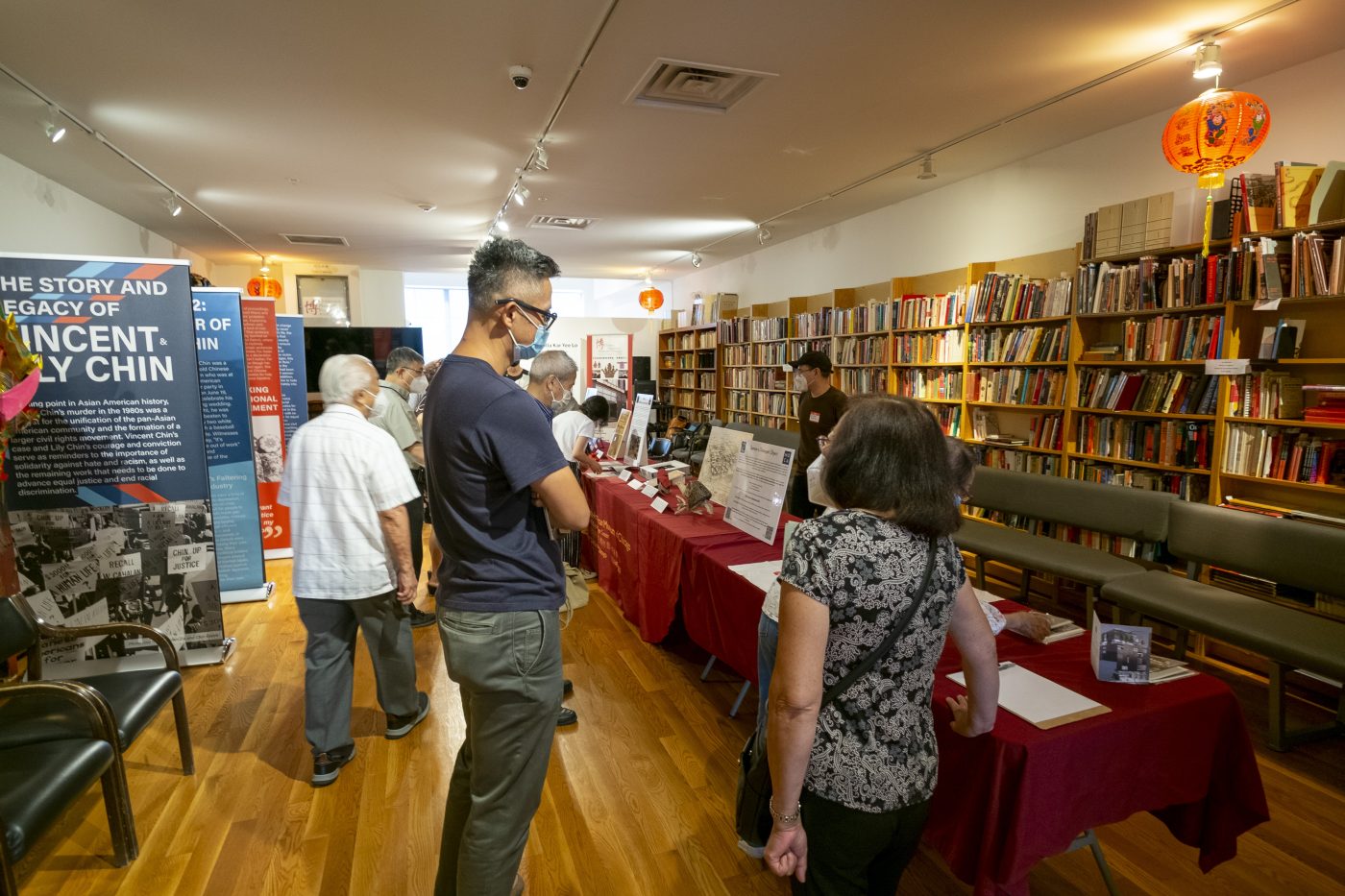
Following the public event, we were treated to lunch by the CAMOC team around noon time. Afterward, we were given a tour of all four floors of the building where we encountered everything from historic objects exhibitions to art galleries. We were also given a tour of the staff workspace, where they showcased some of the recently accessioned materials and described their processing workflow. The MOCA team also got an opportunity to walk into their archival storage space, where almost every single square inch of usable space was utilized to store and protect artifacts.
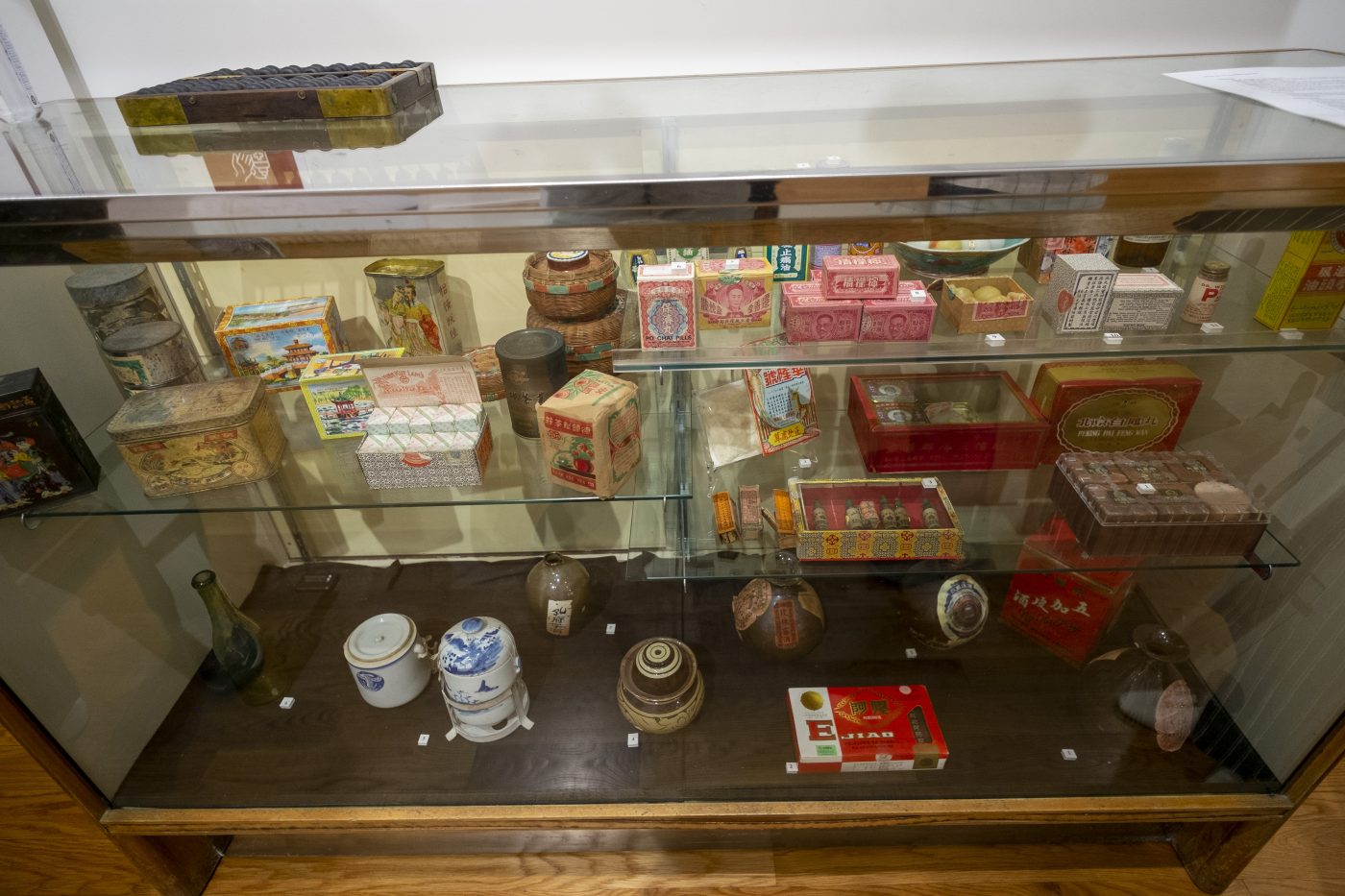
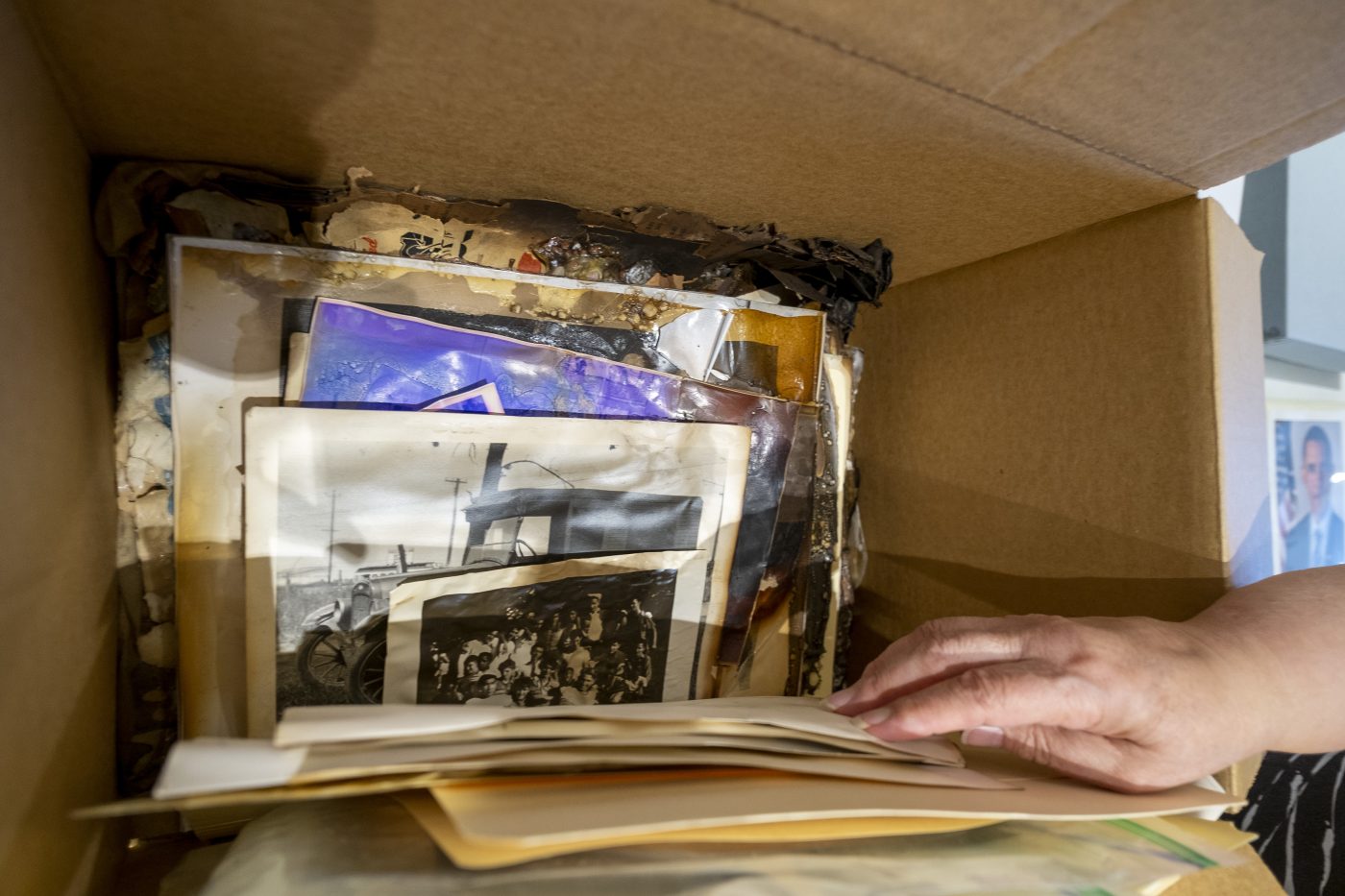
Once we toured CAMOC, we made our way out to explore the Chinatown area as we traveled over to the Pui Tak Center building to meet with Executive Director David Wu. David attended our event earlier in the day and informed us about Pui Tak’s current renovation project to replace old terracotta wall pieces. He mentioned that we might be potentially interested in taking one back to NY for our collections and the MOCA team was keen on visiting to take a look at the pieces. During our visit, David also took us on a brief tour of Pui Tak and gave us a brief history of the building and how it was originally known as the On Leong Merchants Association Building before a federal seizure.
We called it a day after we met with David and prepared for tomorrow’s outing after dinner.
Day 2
Our second-day destination was the Naper Settlement museum in Naperville, which is about 40 minutes southwest of the Chicago center. We had a prearranged meeting with Nancy Chen and Naper Settlement Museum President & CEO Rena Tamayo-Calabrese, VP & Chief Program Officer Donna Sack, and Associate VP Jeanne Schultz Angel. Nancy had worked with us on our Sweet, Bitter, Sour, Spicy exhibit and was kind enough to connect us with the Naper Settlement team when we reached out to her about our visit to Chicago earlier in the year.
Our meeting with Naper Settlement and Nancy began with an introduction to their museum and the local history of Naperville. We learned about their current projects such as Unvarnished: Housing Discrimination in the Northern and Western United States focused on building awareness of ethnic discrimination in the 20th century. Additionally, Nancy shared with us some of the histories of Naperville and its growing population of Chinese and Chinese-American residents.
Following our early morning meeting, we took a brief walk around the interior exhibition space before going out to lunch to continue our discussion. We shared information about our current exhibitions and plans at MOCA over pasta and pizza. Afterward, we took a trip over to their archival storage facility where they shared their collecting methodology and recent accessions. We were inspired by the expansive and organized storage space.
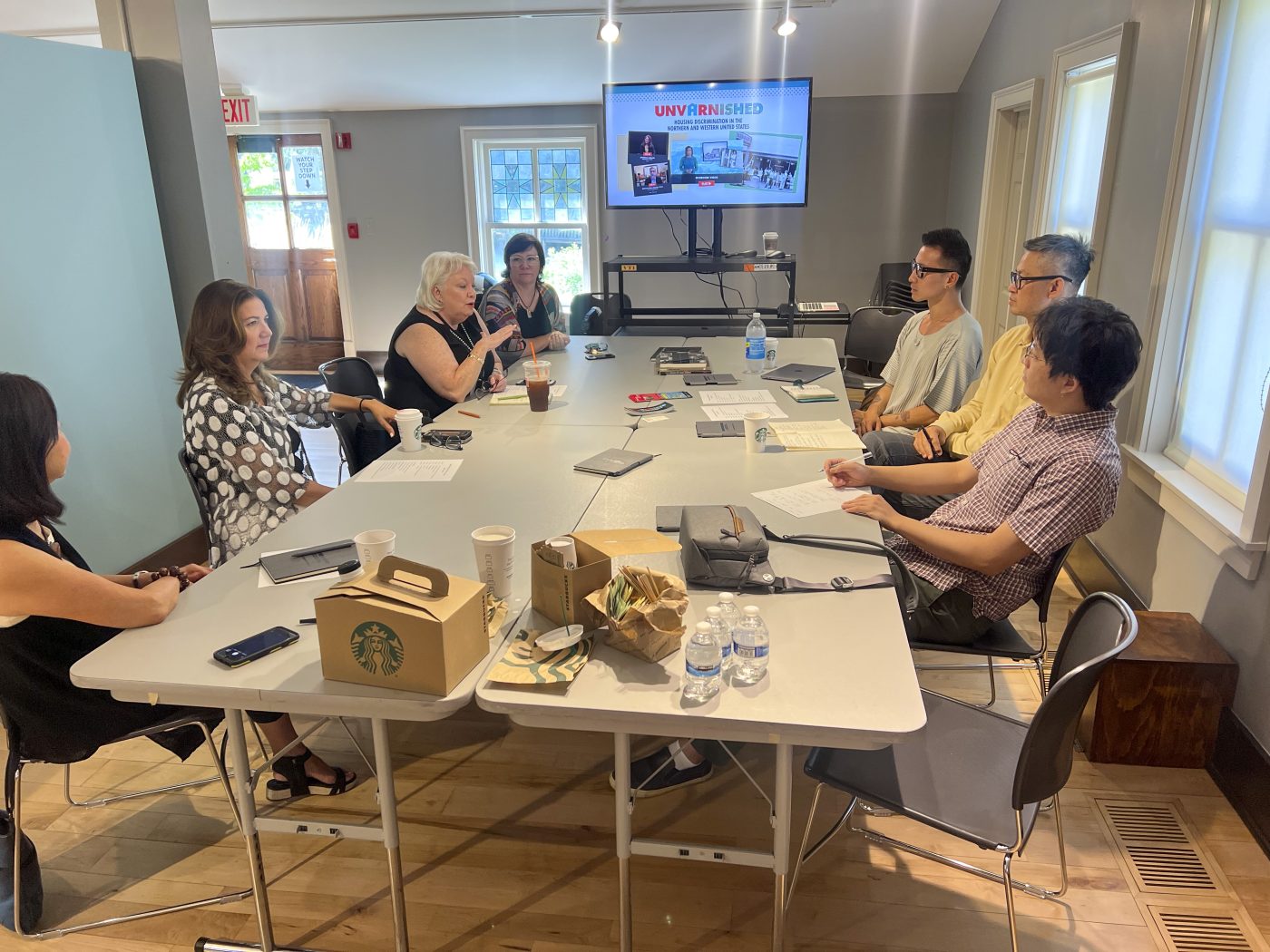
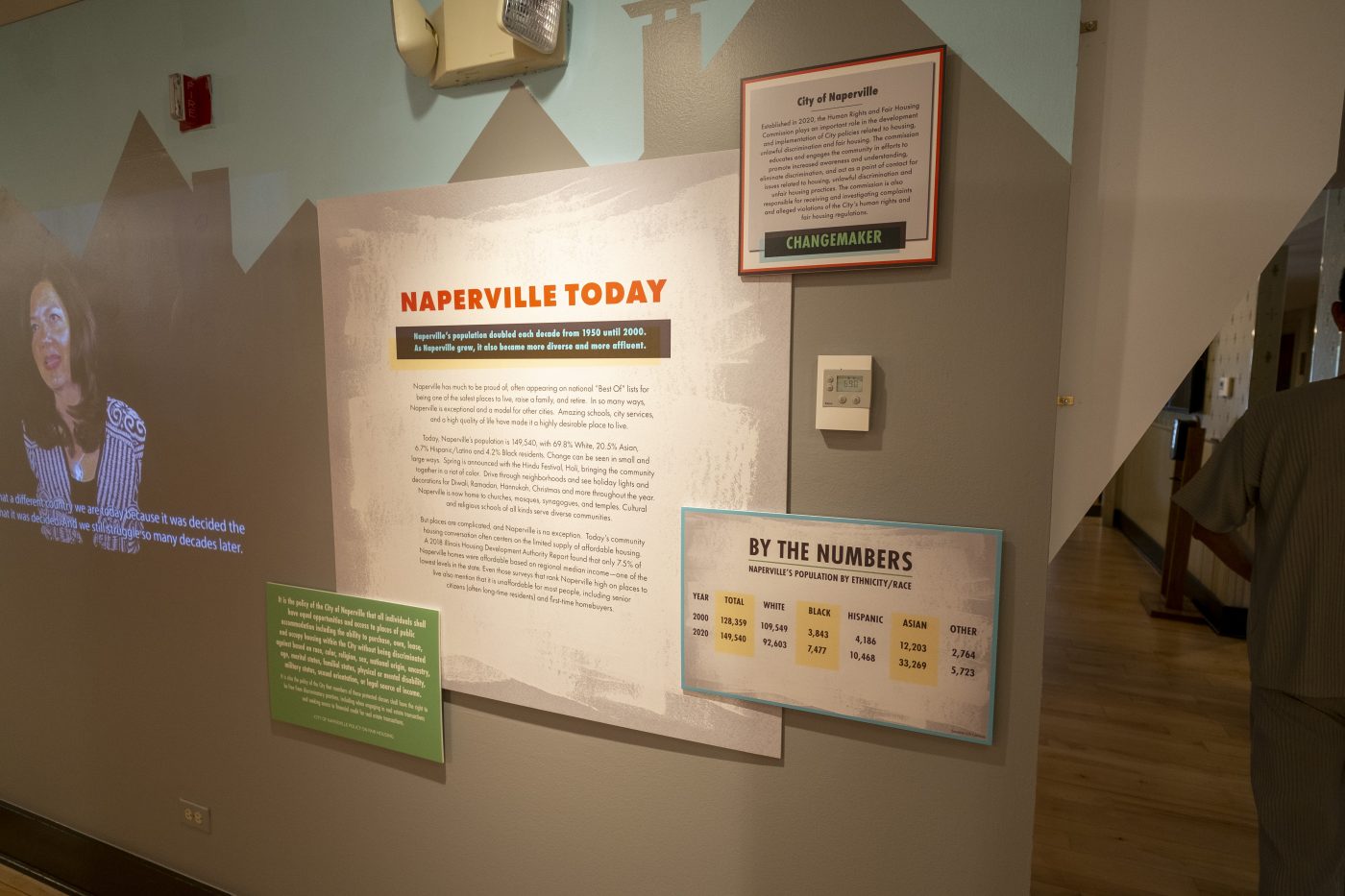
We parted ways with the Naper Settlement team after lunch but decided to return to the museum to continue our conversation with Nancy. Nancy shared with us more information regarding her experiences as a decades-long resident at Naperville. Additionally, we learned a lot about Nancy’s involvement in advocacy groups all around the United States.
At the end of the day, we left Naperville inspired, informed, and with new connections to help us continue our work at MOCA.
Day 3
On the final day, we stopped by the new Chicago Library Chinatown branch to set up our final public event. The library staff at the Chicago Public Library was kind enough to give us a space in the lobby to set up our MOCA on the Road booth. Curious patrons dropped by to inquire about our work at MOCA. The team had interesting conversations about anti-Asian violence and the historical significance of our artifacts on display. At around noon, our public event concluded and we made preparations to return to NYC and debrief.
Overall, we felt that our trip to Chicago was very fruitful and hope that we can continue this trend of connecting with museums and exchanging ideas. Stay tuned for our next city tour!
